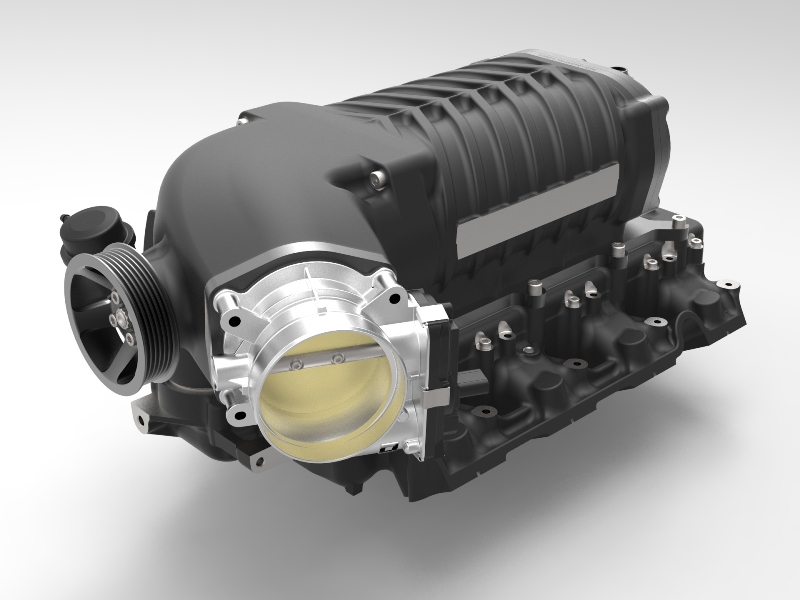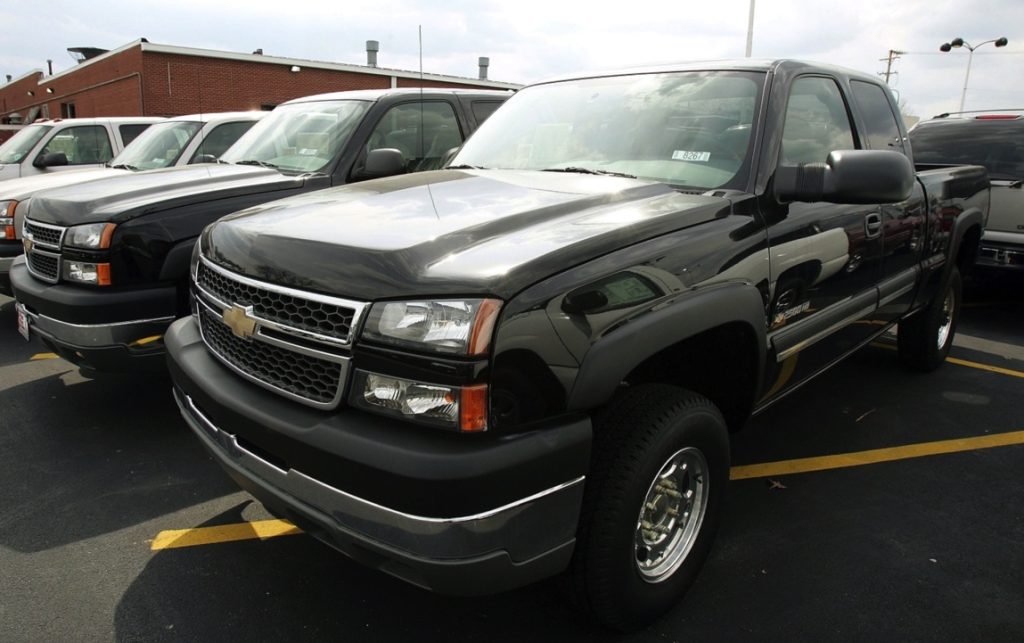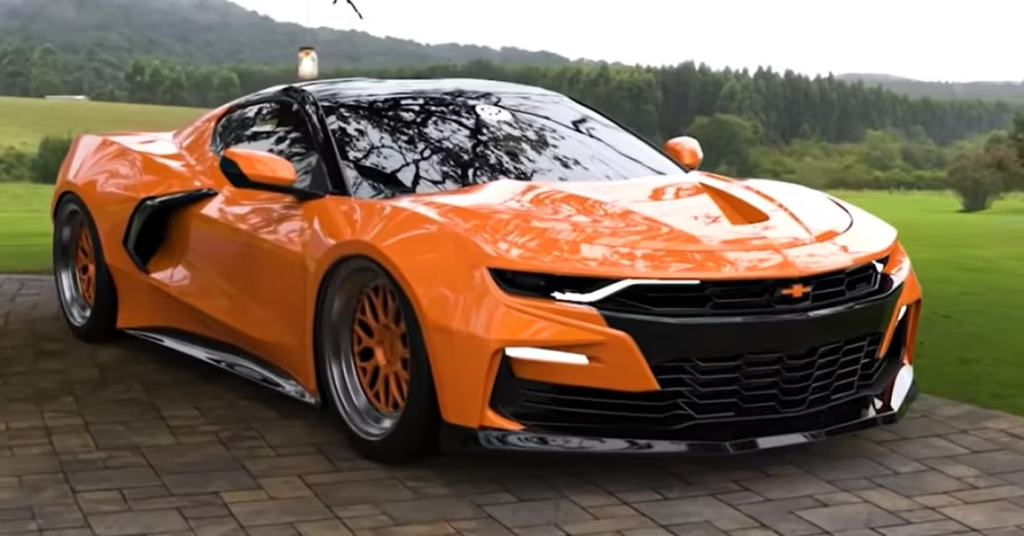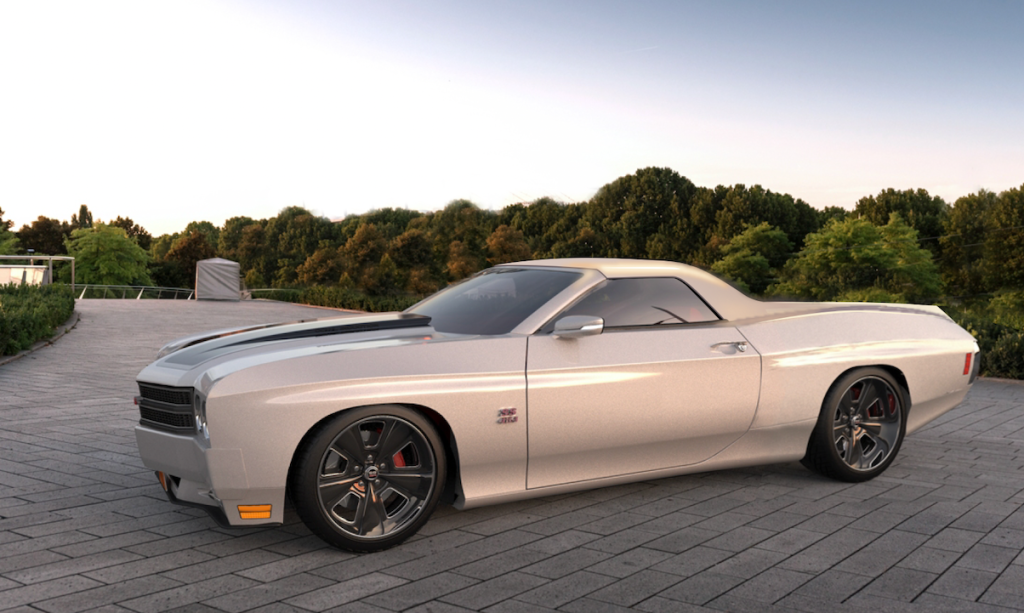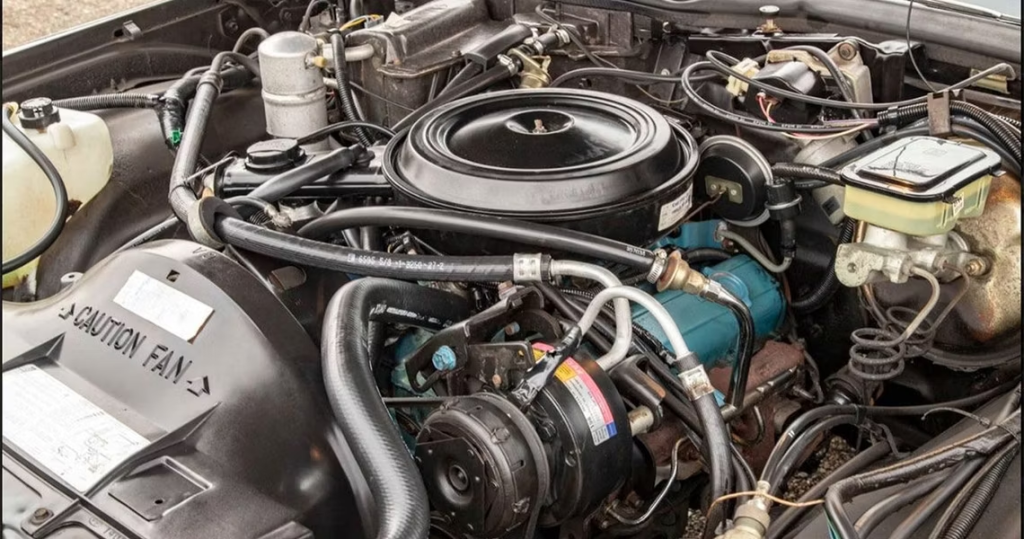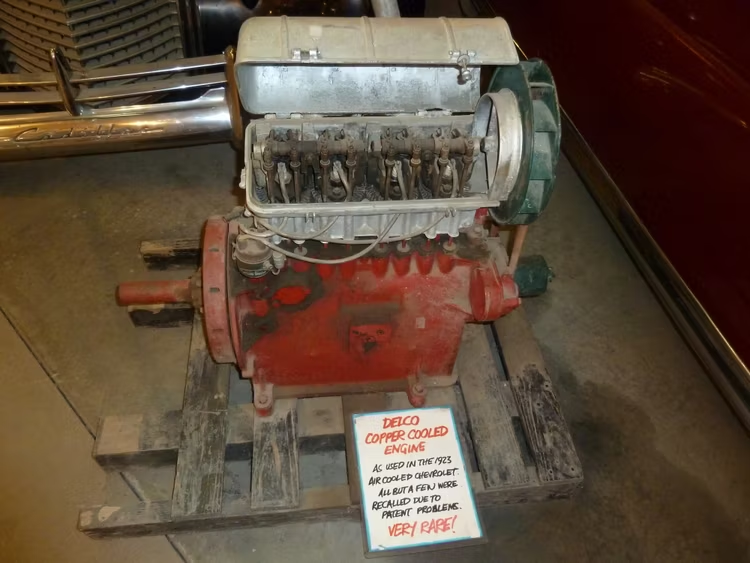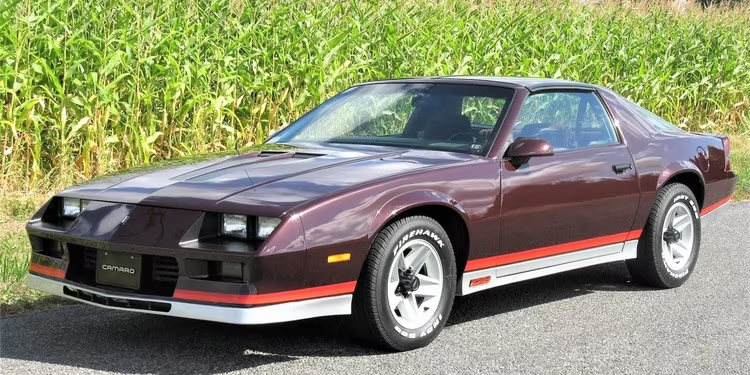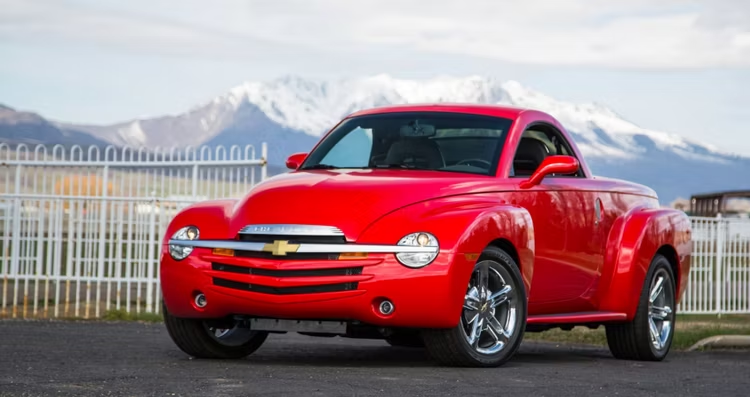While Chevrolet certainly has made some iconic muscle cars, they’ve also built a few that completely missed the mark and we would steer clear of.
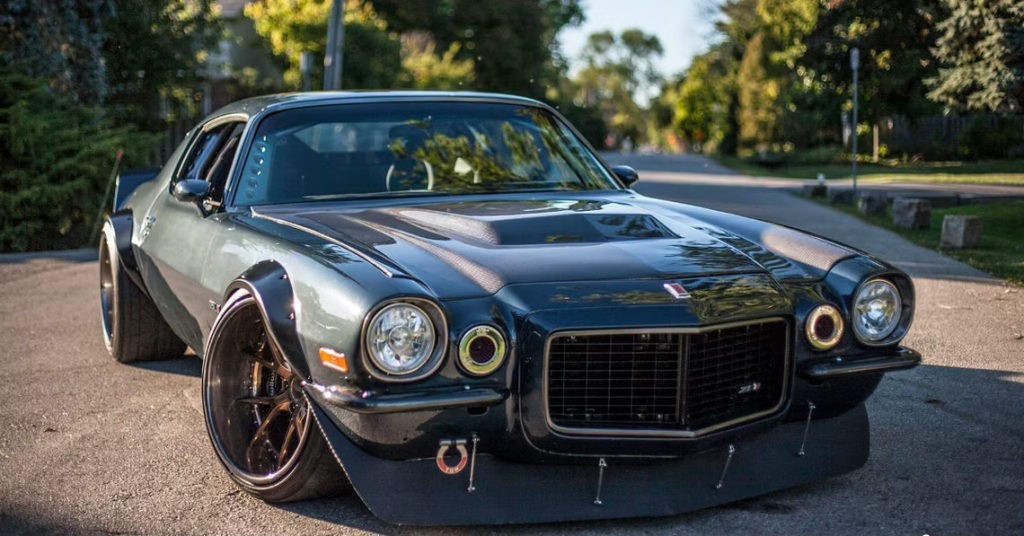
Muscle cars are one of the most exciting things about the car industry. We are amazed by complex thinking processes that go into development of these vehicles that challenge the laws of physics. We love muscle cars that were made during the time when there were no safety requirements. Of course, there are good reasons why we have these limitations, but it was nice to see pure power on the road. During the 60s, car companies put race-derived engines into street-legal cars.
It’s hard to get the muscle car right. Even the oldest brands make mistakes, as was the case with Chevrolet models. In the 70s, new regulations changed safety and emissions requirements. Car makers couldn’t produce vehicles with insane amounts of power as high-octane gas (that happened to be poisonous) was replaced with unleaded fuel. Here are 15 Chevy muscle cars we wouldn’t touch with a ten-foot pole.
15/15
1993 Chevy Camaro
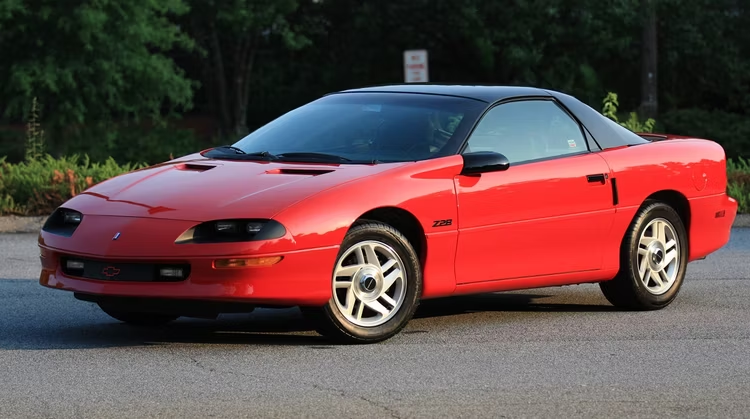
The 1993 model year brought significant changes to the Camaro’s body. It was no longer aggressive and muscular; the company went for a round and soft look. The car also had a boring V6 engine that only delivered 160 horsepower. Luckily, the F-body platform wasn’t changed and better Camaros were around the corner.
14/15
Chevrolet Monza
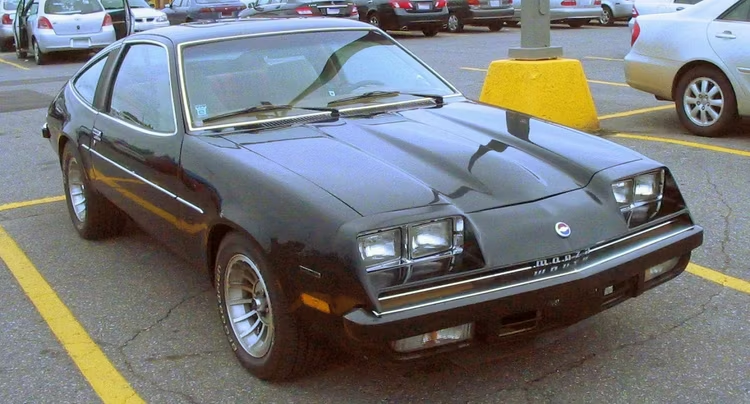
The Chevrolet Monza is one of the least popular muscle cars in the world. It wasn’t mass-marketed or well-received by the public. Even though it was a performance car, it was one of the slowest Chevy’s creations. A few years into selling, the company dropped the V8 option and then the car was discontinued.
13/15
1995 Chevy Monte Carlo
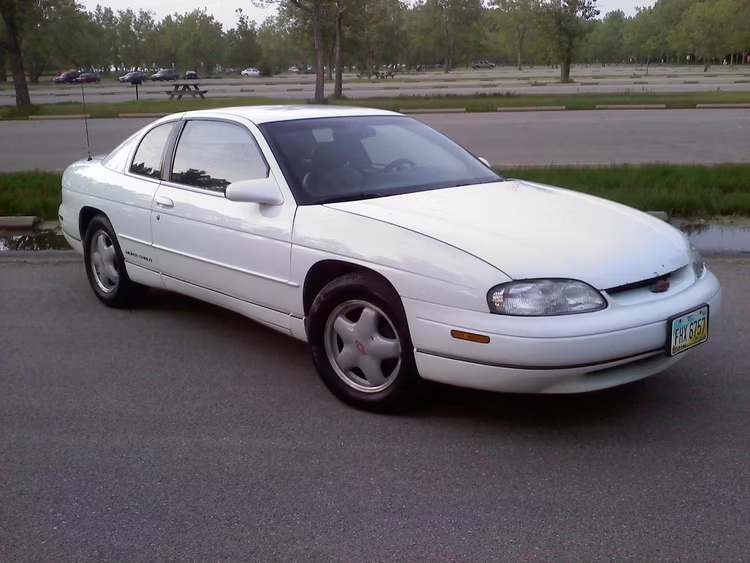
The ’90s brought many disappointments, one of which was the 1995 Chevy Monte Carlo. The company reintroduced the Monte Carlo after it took a 7-year hiatus. However, it came back even worse than when it went out. The body updates were bland, while the V6 engine couldn’t offer anything exciting.
12/15
1976 Chevrolet Camaro
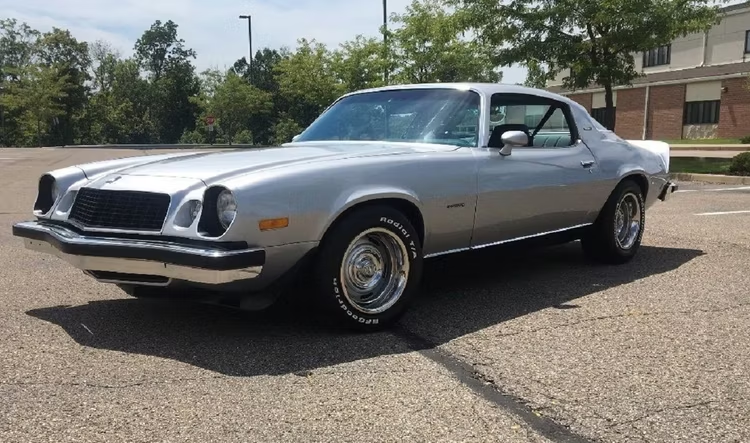
The 1976 Chevrolet Camaro got a redesigned bumper, which completely destroyed the car’s aerodynamic profile. By the ’70s, the Camaro lost a lot of its performance due to dropping the powerful engine and going for a fuel-efficient option. Luckily, the car could make it through and become one of the top-selling vehicles.
11/15
1980-85 Chevrolet Citation X-11
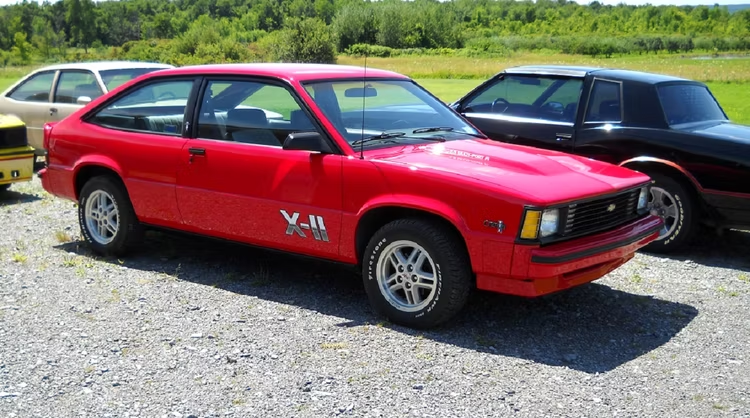
One of the main problems with the Chevrolet Citation X-11 was that it had lots of recalls. The muscle car was designed to be smaller than its competitors but was considered unsafe. It was only available with a 3-speed automatic or a 4-speed overdrive transmission. The car was a fail overall.
10/15
1977 Chevrolet Monza Mirage
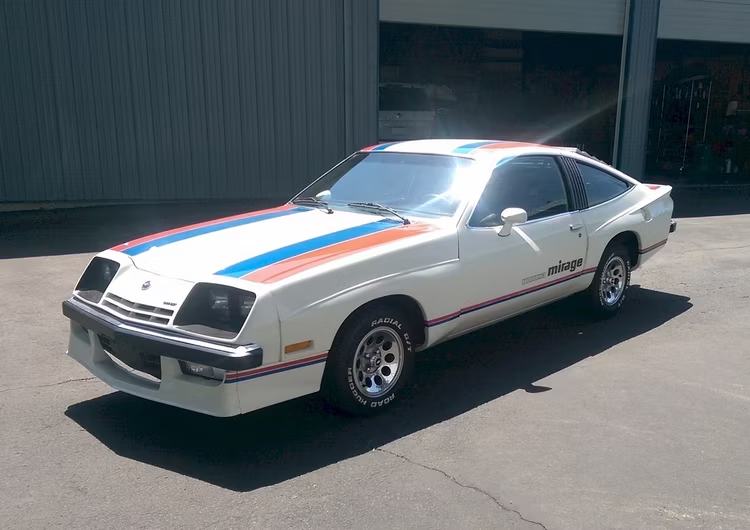
The 1977 Chevrolet Monza Mirage was originally a compact car with lots of amenities and trim options. However, the engine was a disappointment. At optimal conditions, the 305 engine could only deliver 145 hp. Only 4 000 Mirages were made. Chevrolet discontinued the line and returned to the sportier cars.
9/15
1980 Chevrolet Corvette California 305
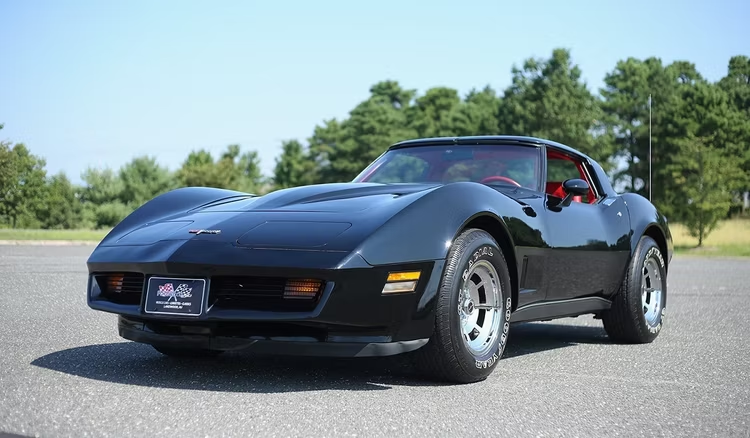
1980 was the year when new emission requirements were introduced. The Chevrolet Corvette California 305 was forced to have a smaller engine, which halted its glory. The updated V8 engine could only deliver 180 horsepower. Luckily, the company found other ways to increase engine power, but this model remained unchanged.
8/15
1982 Chevrolet Camaro Iron Duke
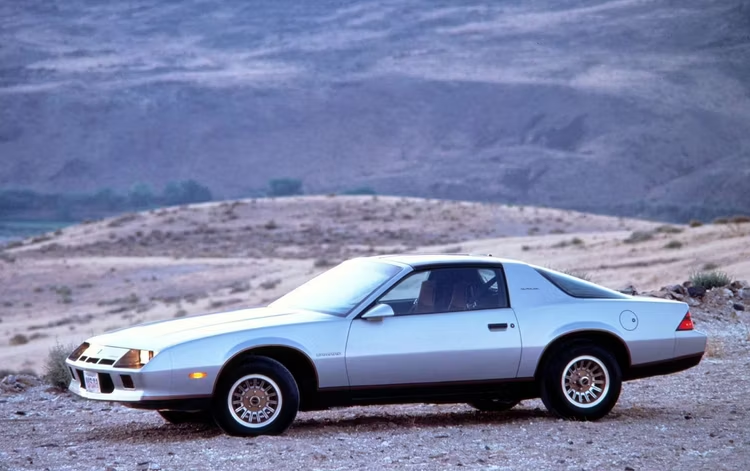
The 1982 Chevrolet Camaro Iron Duke was one of the worst muscle cars of the 80s. Its four-cylinder engine was durable, but it could only produce 90 horsepower. The 0-60 time of 20 seconds was laughably bad. While engine durability is important for trucks, muscle cars need speed and power.
7/15
1975 Chevrolet Corvette
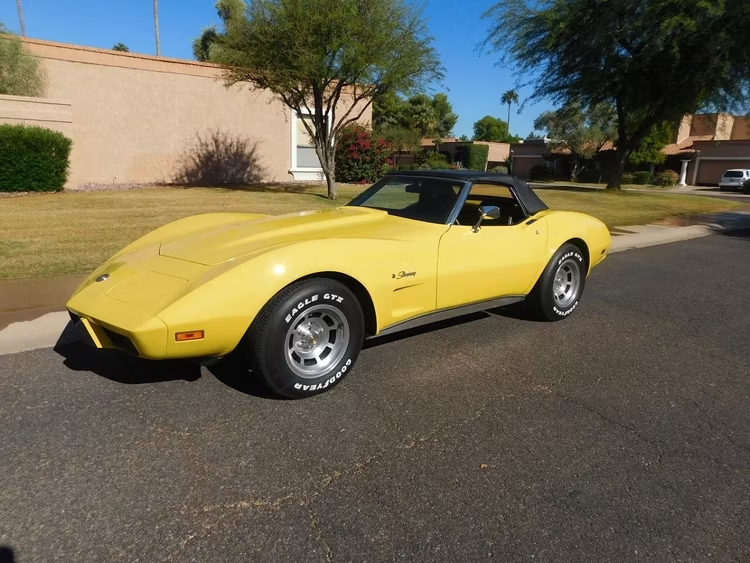
The 1975 Corvette is one of the worst cars the company has ever produced. For the new model year, it saw only minor changes to its exterior and interior, but also got a slow and small engine. It had only 15 more horsepower than the engine that the Corvette had 20 years prior.
6/15
1968-1972 Chevrolet El Camino SS454
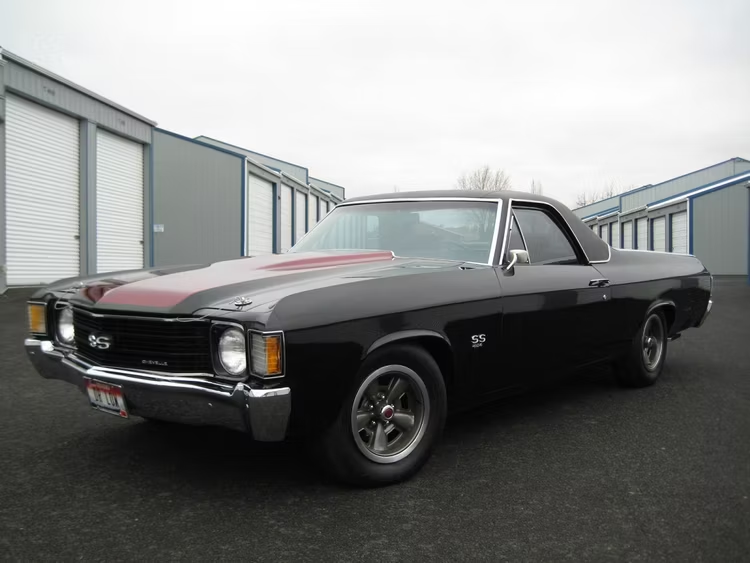
For four years, the 1968-1972 Chevrolet El Camino SS454 was available with a big-block 454-cubic-inch LS6 V8 that delivered an impressive 365 hp. However, all the power went to the rear wheels. The engine could not be more exciting, but the El Camino SS454 was a real challenge to drive.
5/15
1982 Chevrolet Camaro
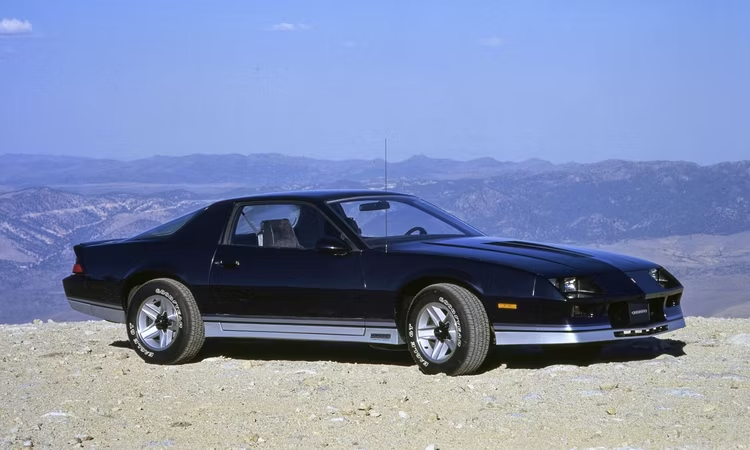
A lot of thought went to the 1982 Chevrolet Camaro, but it was just a bad year for the company. The main problem was the engine. Even though it was a powerful 5.0L unit, the Camaro couldn’t break 200 hp. It took 10 seconds to get to 60 mph, which was ridiculously slow.
4/15
1975 Chevrolet Camaro Z/28
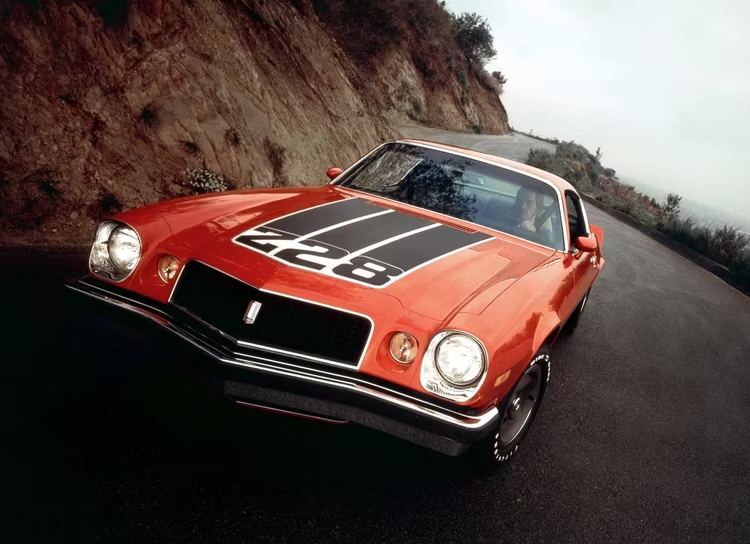
1975 was a bad year for Chevrolet. The company went through rising insurance rates, an oil crisis and new safety and emissions regulations. The 1975 Chevrolet Camaro Z/28 was supposed to be the hottest muscle car, but it came with a 155-hp, 350-cubic-inch V8. Awful build quality and ugly chrome bumpers made everything worse.
3/15
2004-2005 Chevrolet Impala SS
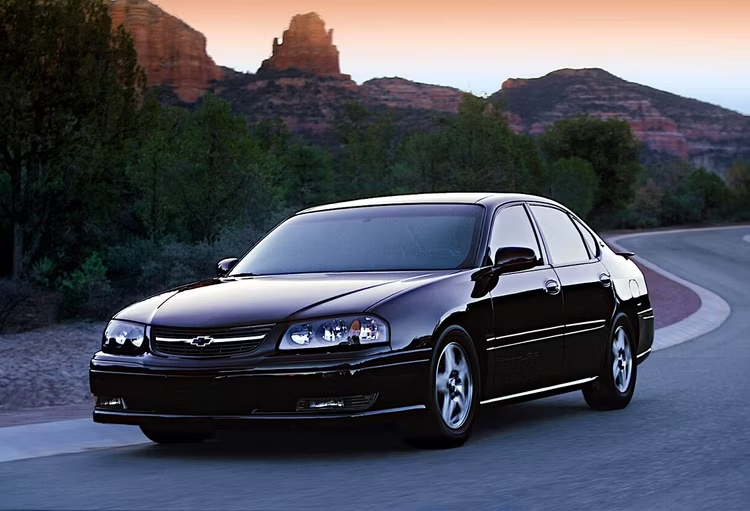
In the ’90s, the Impala SS was one of the coolest muscle cars available. 10 years later it became one of the worst in the Chevrolet’s history because of its outdated design and weak engine. The company didn’t do anything to improve the look or performance of the Impala SS.
2/15
1970 Chevy Chevelle SS 454
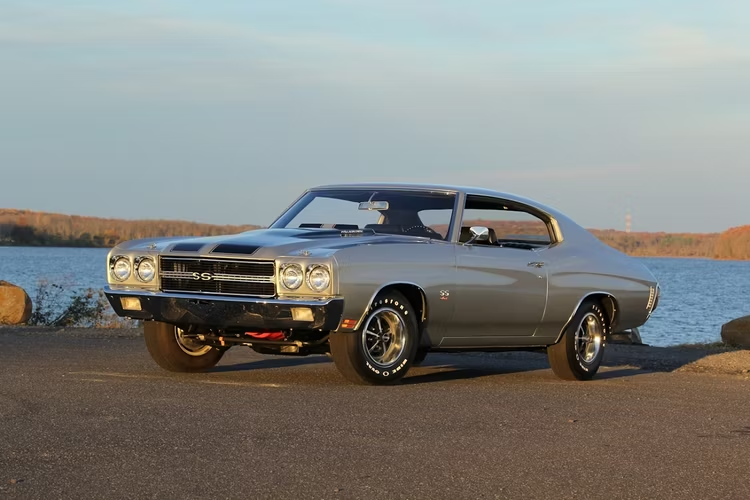
The 1970 Chevelle SS 454 isn’t the worst car, but it signaled an approaching storm. After testing the SS 454, Car Life said, “Without even raising the specters of insurance and social justice, it’s fair to say that the Supercar as we know it may have gone as far as it’s going.”
1/15
1974 Chevrolet Nova SS
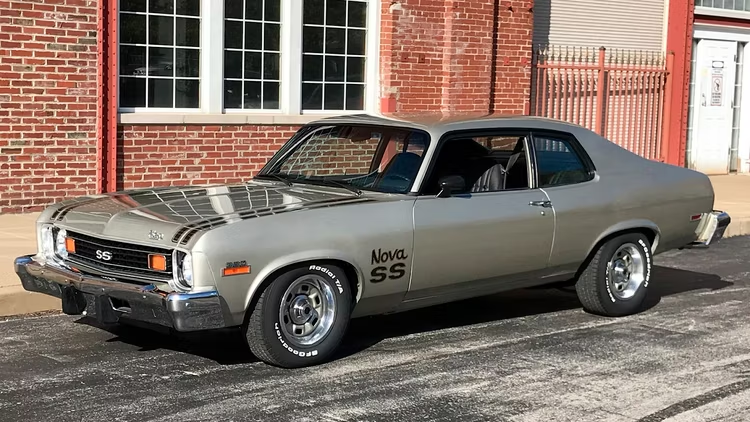
In the ’60s, the SS badging meant the car came with the performance package and was quicker and more powerful than other models. In the ’70s, Chevrolet turned it into an appearance package. The company didn’t improve the engine at all. The 1974 Chevrolet Nova SS could only offer a new grille.
10 Ford Mustangs We Wouldn’t Touch With A 10-Foot Pole
The Mustang is an iconic nameplate in America’s muscle car history, but it had its fair share of less-than-stellar model years.
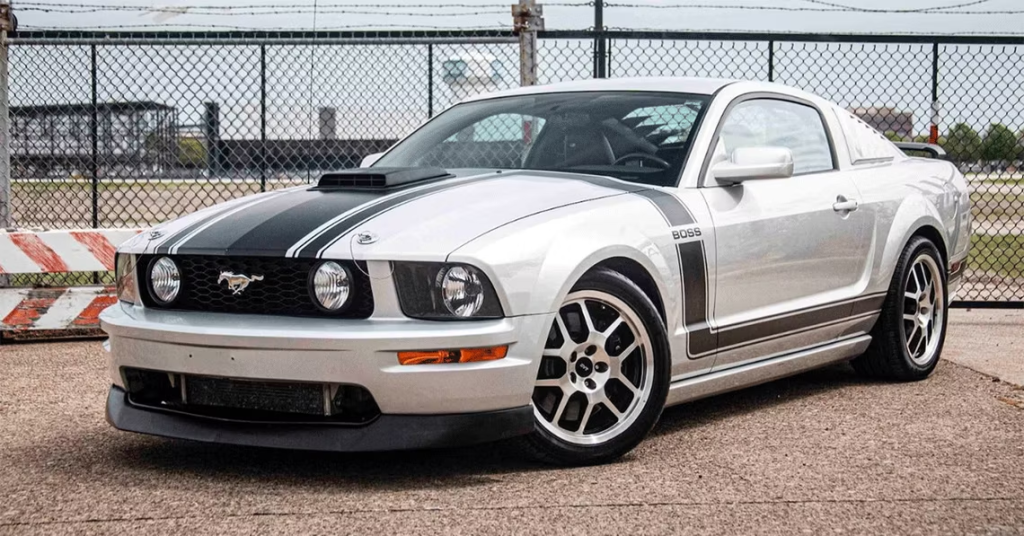
The Mustang is Ford’s longest-running nameplate in production. Introduced in 1964 as an affordable sports car, the Mustang started the pony car craze, quickly evolving into one of the most powerful muscle cars. Over the years, Ford has produced classic Mustang models that stand above the rest due to their superior performance acuity, looks, and overall design. Today, the Mustang continues to dominate the drag strips and rip apart the streets thanks to its powerful engines.
Despite all these perks, Ford also produced a bunch of stinkers along the way that gearheads simply prefer to forget. Whether it’s due to reliability issues or mediocre performance, these less-than-memorable Mustang models simply missed the mark, ultimately becoming laughingstocks in the muscle car world. As the seventh-generation Mustang model dawns, here are 10 Ford Mustangs we wouldn’t touch with a ten-foot pole.
10/10
1969 Ford Mustang E
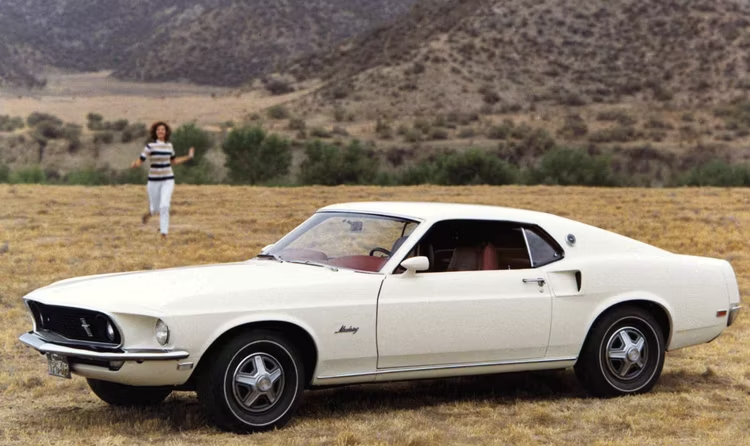
Long before the existence of Eco-Boosts and the all-new Mach-E, there was the 1969 Mustang E, where the “E” stood for Economy. Offered with an unimpressive 155-hp 4.1-liter inline-six, this underpowered pony car was intended to compete in the MobilGas Economy Run.
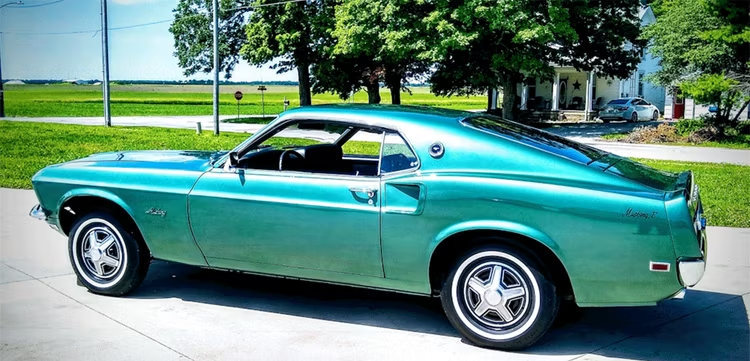
At the back was a 2.33:1 rear-axle ratio that meant no matter how much you floored the car, it took an eternal 15 seconds to hit 60 mph. As a final nail in the coffin, the Mustang E had no air conditioning, as it would’ve hurt the car’s 16mpg combined EPA rating. To our delight, only 50 units saw the light of the sun.
9/10
1974-1978 Ford Mustang II
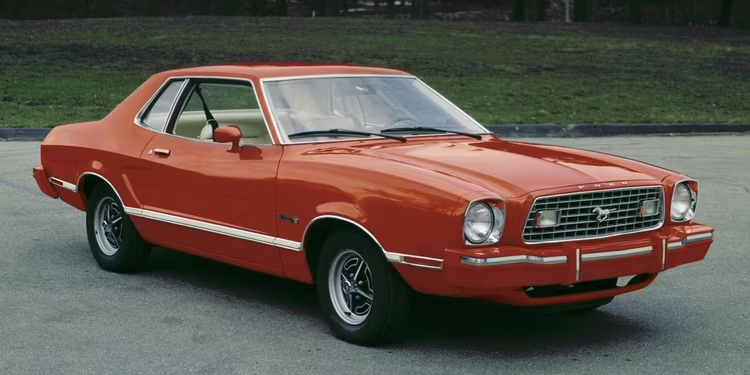
The Mustang was off to a flying start during the late ’60s and early ’70s. It was never short on power boasting formidable V8s. However, things took a turn for the worse in 1974 with the introduction of the second-generation Mustang.
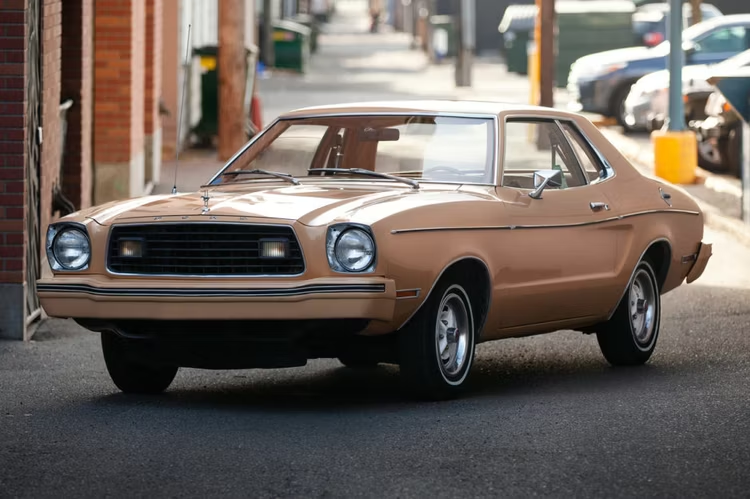
CAFE standards, increasing imports and the oil crisis forced American automakers to reduce engine power and displacement. Ford would offer the 1974 Mustang with either an 88-hp 140 ci 4-cylinder, a first, or a 2.8-liter V6 engine that produced a mediocre 105 hp. While a V8 would return to the Mustang in 1975, by 1980, it was at best making around 122 hp.
8/10
1978 Ford Mustang II King Cobra
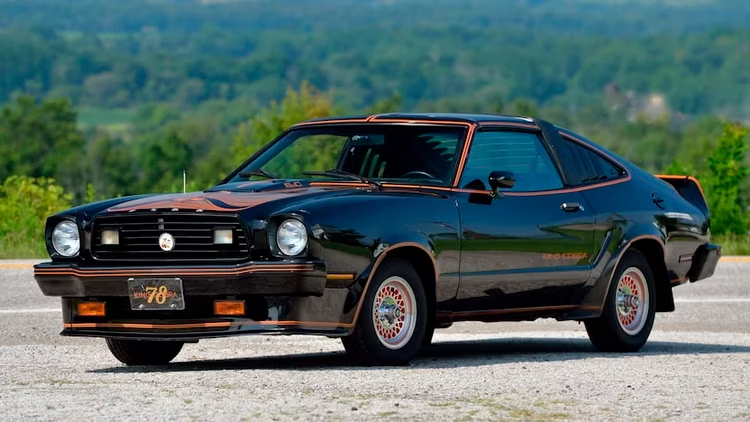
In 1978, Ford decided to retire the second-generation Mustang II with a special edition king Cobra version, limited to 4,313 units. Well, there was nothing special about the car. It was a joke, to say the least, and goes down as one of the worst Ford Mustangs ever built.
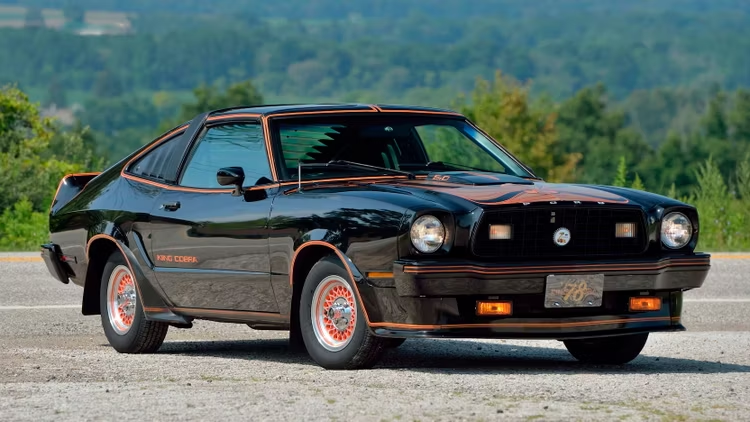
In an attempt to bolster the King Cobra’s performance image, Ford offered it with the 5.0-liter V8 engine only, albeit with no performance gain over the standard Mustang. It only had special livery and cosmetic upgrades such as a “Pontiac Trans Am style” cobra snake decal, stripes, and a deep air dam.
7/10
1979-1984 Fox Body Mustang
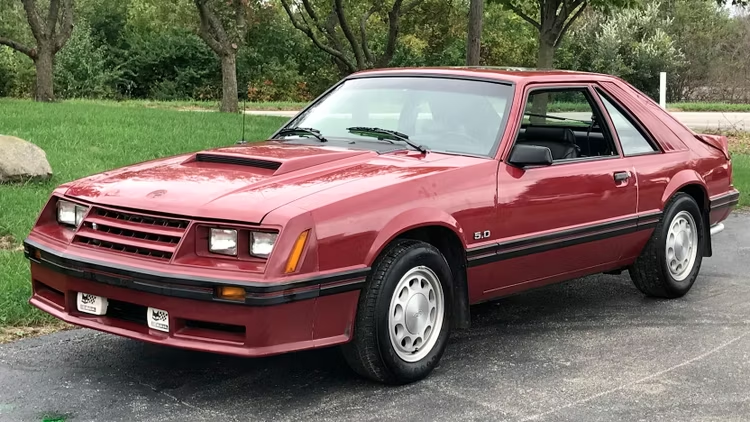
For the third-generation Mustang produced between 1979 and 1993, the American automaker utilized Ford’s Fox-Body platform; hence it was commonly referred to as the Fox-body Mustang. The first few years of this generation were rocky as the automaker had some kinks to work out in the wake of the second oil crisis.
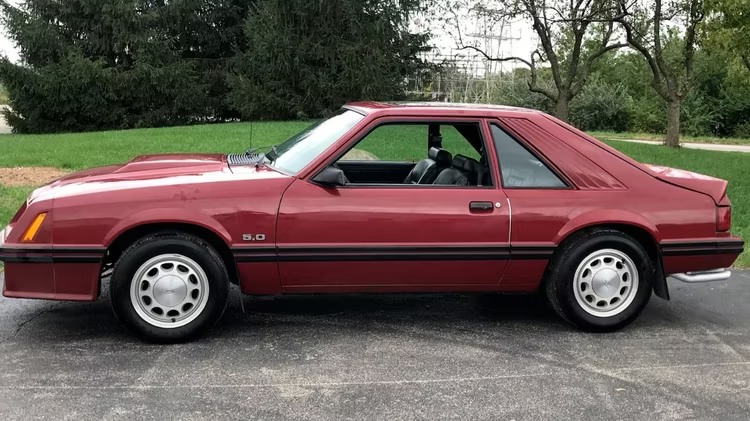
Earlier Fox-body models used carburetors as the main source of fuel delivery. Engines were, therefore, weak until the mid-1980s when V8 engines cranked out at least 200 hp. Ford ultimately got its bearings right in 1985 when fuel injection appeared in the Mustang.
6/10
1994-1995 Ford Mustang GT
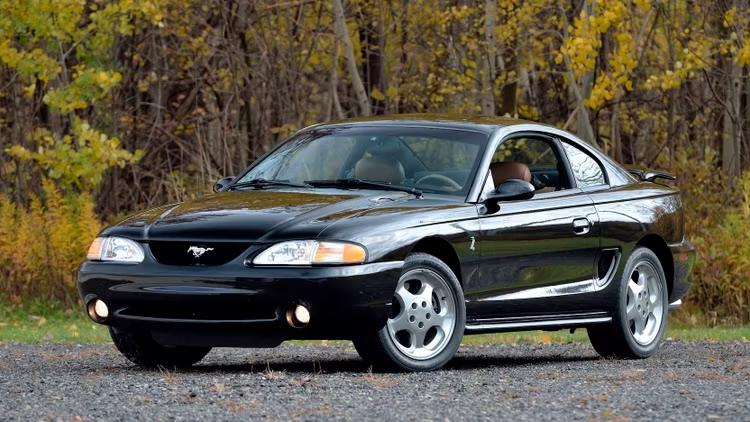
In 1994, Ford redesigned the Mustang for the first time in fifteen years. This followed the departure of the Fox Body and the adoption of the SN95 chassis. Other styling changes included the return of the convertible body style in addition to the coupe design, marking the end of the hatchback and notchback body styles.
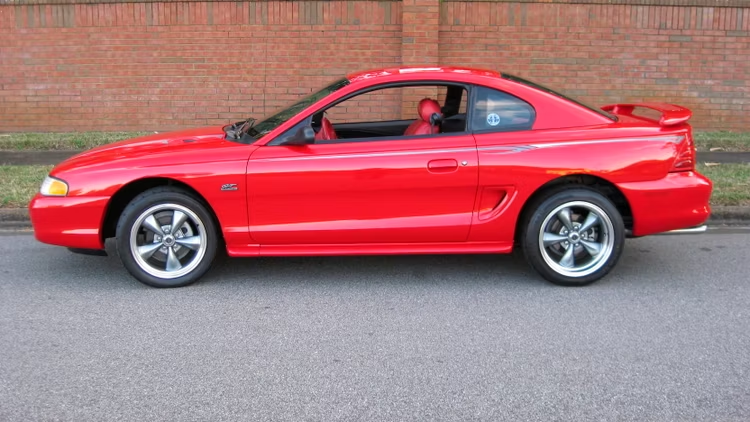
Powered by a V6 or the 215-hp 302-small block V8 used in the Fox Body Mustang, the engine was rather outdated as it still used a cable-operated clutch, pushrods, and a distributor. On top of that, it suffers from head gasket failures and intermittent cut-outs.
5/10
1998 Ford Mustang GT
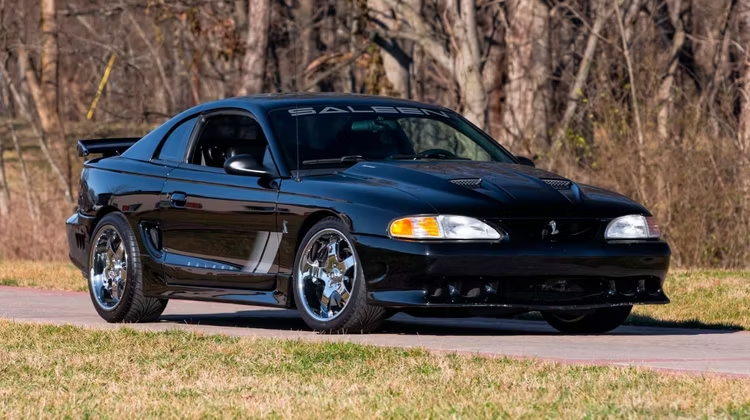
The 1998 Mustang was another problematic model year. Owners have reported several reliability issues, but the most common problem is the car’s tendency to lurch forward when you press the foot pedal, especially in the automatic transmission Mustangs.
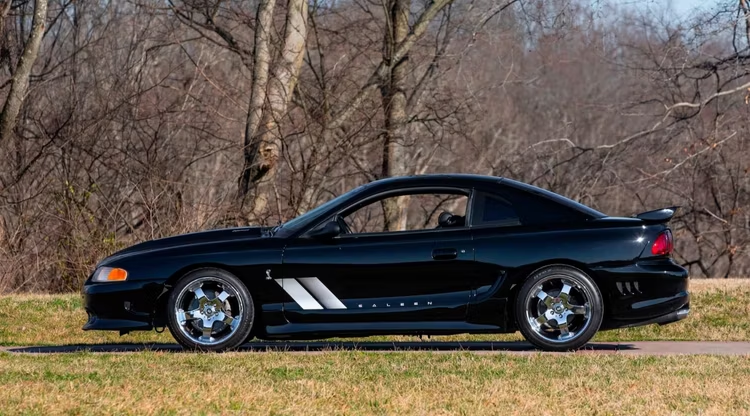
A cracked intake manifold is another common complaint caused by a factory defect in the composite material. Ford eventually acknowledged this problem but only fixed it if it occurred within seven years after the car left the production line. This has left older model owners with expensive repairs and maintenance costs.
4/10
1999-2001 Ford Mustang GT
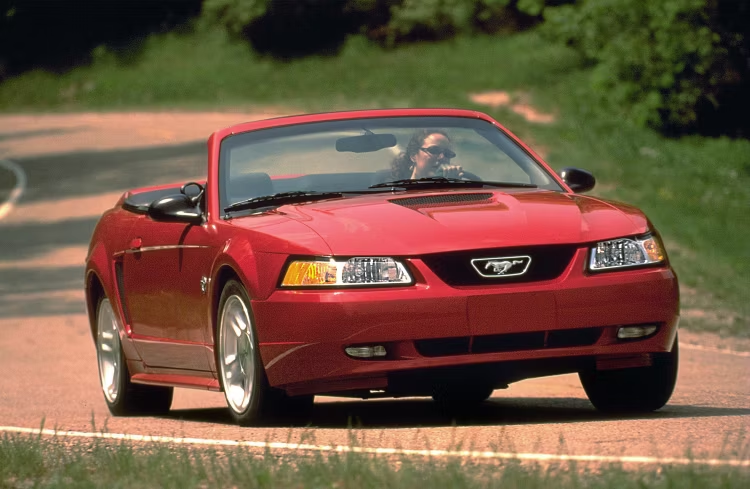
The Mustang SN95 received a major facelift around the turn of the 21st century, which included a cosmetic redesign and power upgrades. However, the modular 4.6-liter V8 engine has a problem where the spark plugs pop out while driving. It was a factory error caused by shallow-drilled threads.
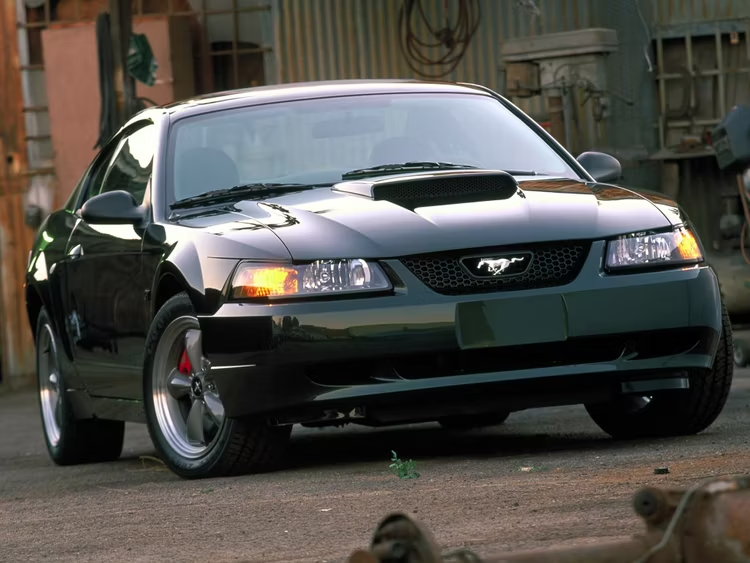
Owners have also reported a problem with the manual transmission models when the gears get stuck or slip out. The automaker ultimately acknowledged these problems and fixed them in the 2002 SN95 Mustang. So, if you must have the SN95, avoid the 1999-2001 Ford Mustang GT like the plague.
3/10
2006 Ford Mustang
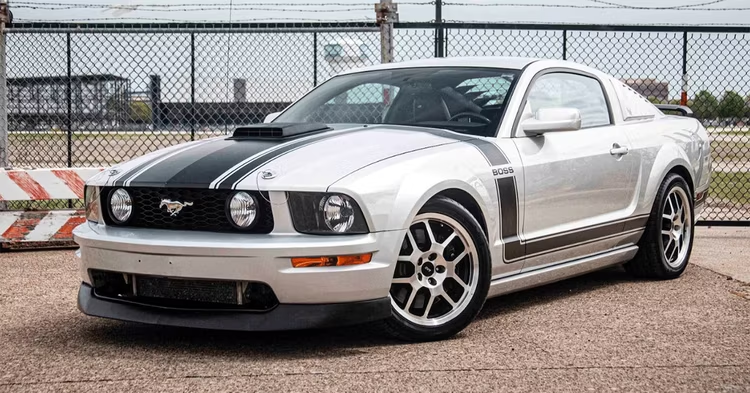
2006 is the worst model year for the Mustang, according to CarComplaints. Owners have reported a total of 247 complaints. Anything could go wrong with the 2006 Mustang, from the failing underpinnings to body paint problems.
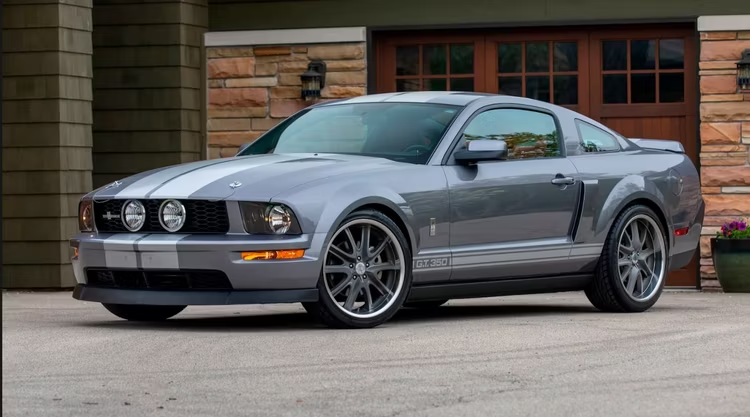
The problematic transmission frequently breaks down at around 65,000 miles. The car also experiences electrical problems where the battery drains continuously, leaving owners stranded. Other problems include exploding Takata airbags and peeling body paint. On top of all these, the 2006 Mustang will give you constant headaches due to parts unavailability.
2/10
2011 Ford Mustang GT
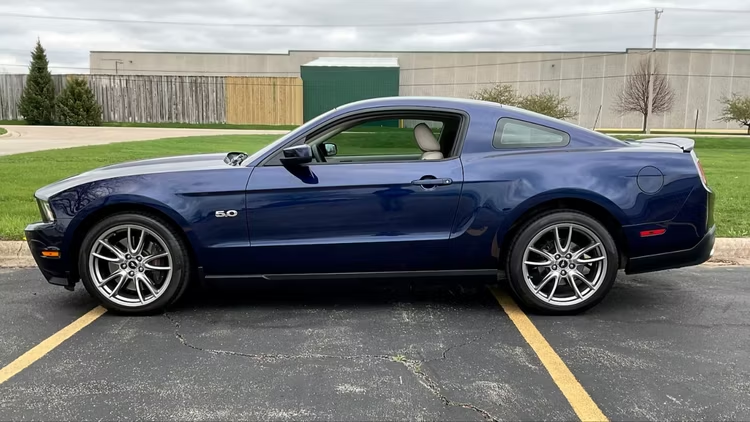
Owners have reported 93 complaints on CarComplaints and a whopping 561 problems on Carproblemzoo involving the 2011 Ford Mustang GT. Ford installed the Coyote 5.0-liter V8 engine for this model year, which had several serious problems, including an exploding airbag that sent shrapnel into the car.
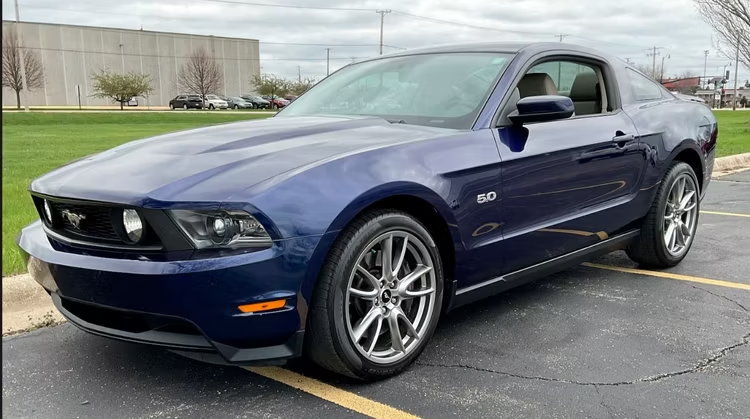
Owners have also reported having the engine replaced or rebuilt due to piston defects, but the car’s biggest problem was the failing manual transmission that tended to slip out of gear. Other problems in this model have included body corrosion under paint, the car losing power due to a faulty throttle body, and paint flaking off the hood’s front end.
1/10
2012 Ford Mustang GT
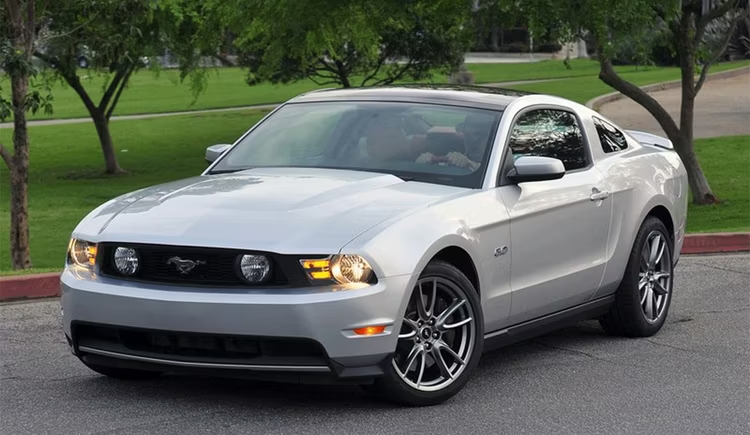
For the 2011-2012 Mustang, Ford replaced the aging 4.0-liter V6 with a new 3.7-liter Duratec V6 engine. Rated at 305 hp, the latter achieved better fuel efficiency, unlike the earlier V6s, thanks in part to the new transmissions. However, this engine was notorious for going into limp mode, suddenly downshifting and sharply decelerating on its own accord.
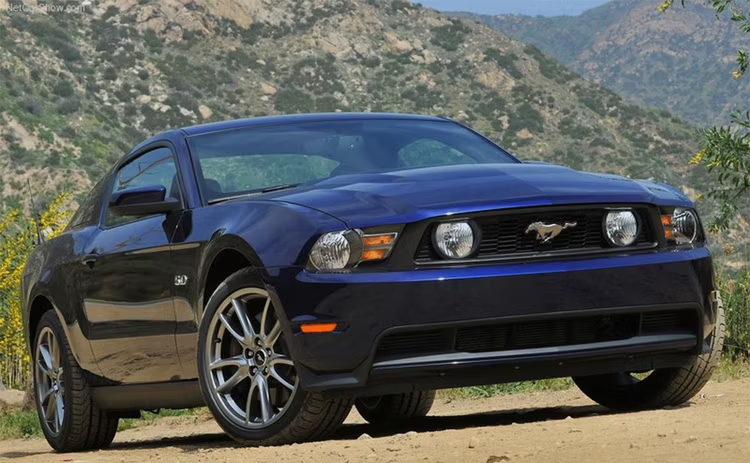
Despite many owners having their throttle bodies fixed in an attempt to rectify this problem, Ford never acknowledged it as an issue. Other common problems in the 2012 Mustang GT include transmission slipping, control arm failure, corrosion on the hood, and paint peeling off the hood.
Sources: Carlogos, Mustangspecs, CarComplaints, Caranddriver, Motortrend, Autoevolution
10 Cheap JDM Cars That Will Bankrupt You With Maintenance And Repairs
These JDMs may be selling for peanuts used, but they’ll make you put your mechanic on speed dial.
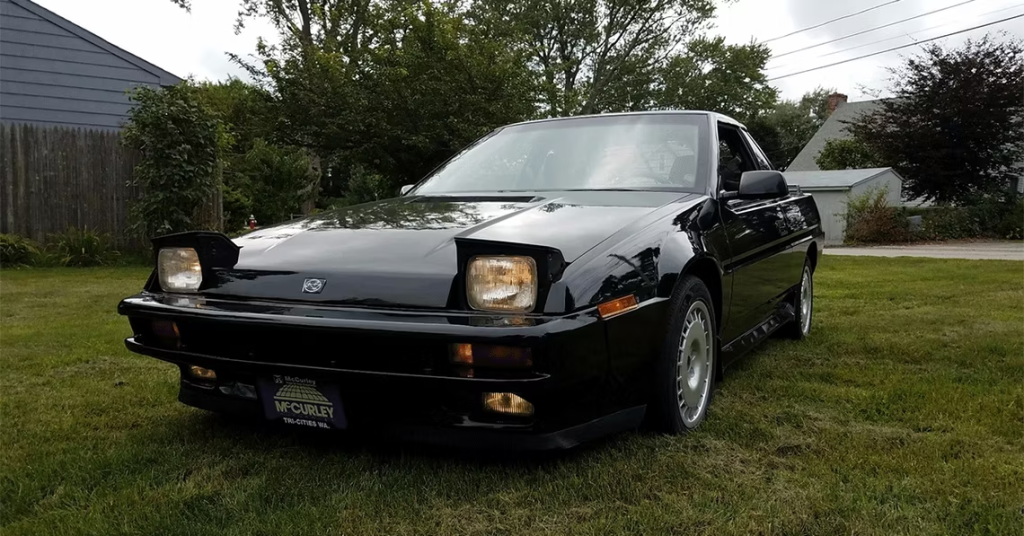
When shopping for a car, it’s important to factor in the car’s reliability in addition to finding one that fits your budget. A reliable car is one that typically has minimal breakdowns or repairs. Over the years, JDM cars earned a positive reputation for their reliability. Even today, Japanese brands like Toyota and Honda are among the most reliable car manufacturers in the world.
Besides reliability, Japanese cars offer a high-quality driving experience and excellent performance at relatively affordable prices. However, a few JDM cars with dismal reliability ratings cost a fortune to maintain. Owning these cars today will have you spend more on maintenance and frequent repairs, sometimes even surpassing the amount you spent purchasing them. Here are the 10 cheap JDM cars that will bankrupt you with maintenance and repair bills.
10/10
1990-1994 Mitsubishi Eclipse ($3,000)
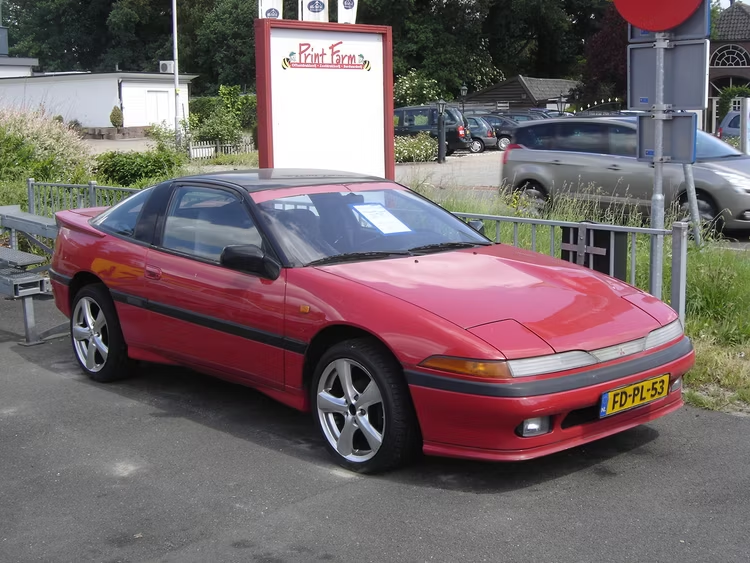
The Mitsubishi Eclipse was a true driver’s car, thanks to the various drivetrain and engine options that matched its sports styling. While it still attracts enthusiasts’ attention, the 1990-1994 Eclipse was plagued with reliability issues that ruined its reputation.
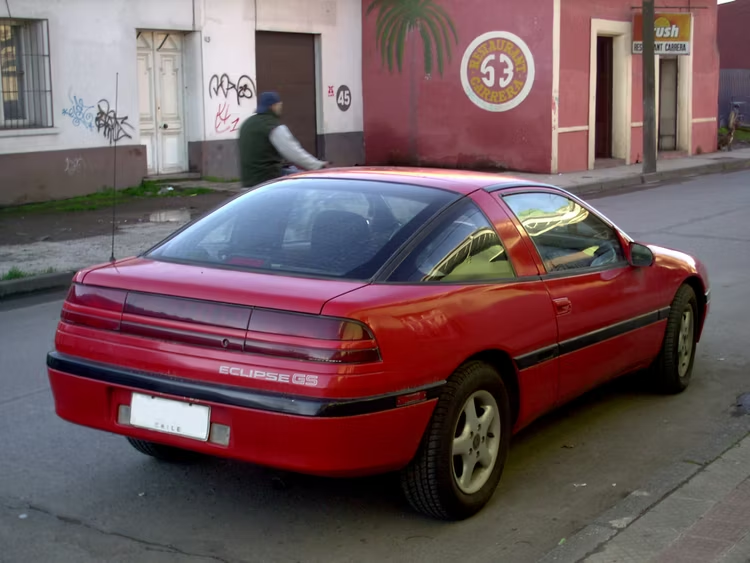
In 1998, Mitsubishi recalled all 1990-1998 Eclipse GSX models to address the transfer case lockup problem that affected a whopping 24,275 cars. The second-generation model wasn’t any better as the 4G63-equipped cars suffered from the crankwalk problem, which typically led to a complete engine failure.
9/10
1992 Subaru SVX ($3350)
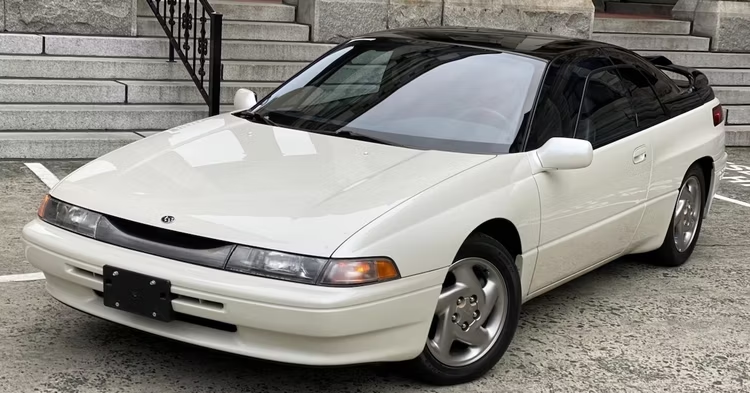
The SVX was Subaru’s first shot at the luxury/performance market. It came with a distinctive aircraft-inspired window-within-a-window glass configuration, which is a head-turner even today. Sadly, reliability issues undermined the SVX’s success in the marketplace.
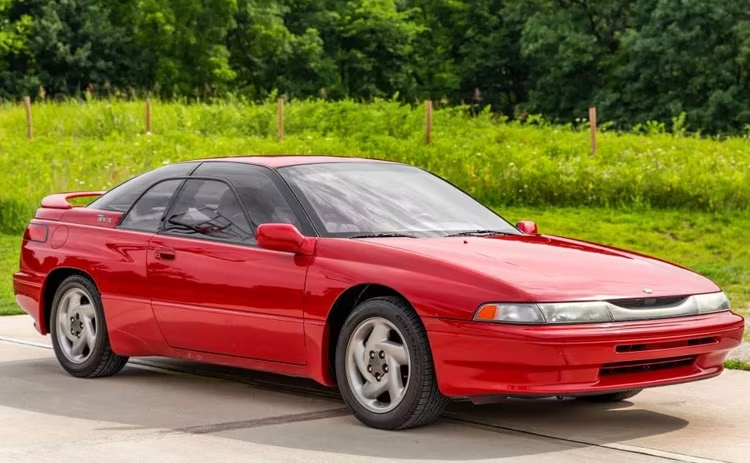
Throughout its lifetime, the SVX suffered from wheel bearing failure and warped rotors. Earlier models also had a problem with the transmission, which caused clutch failure. The SVX’s rarity today means that spare parts are relatively expensive, which is why you should avoid it like the plague.
8/10
2001 Honda Civic – $3393
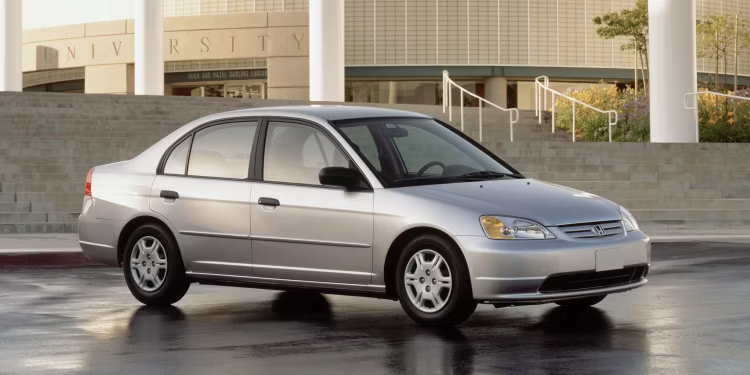
The Honda Civic has a reputation for superb reliability and cheap maintenance costs. However, the introduction of the seventh-generation model turned out to be the automaker’s biggest disaster. Hit with recall upon recall, the 2001-2005 Civic returned to the factory 27 times.
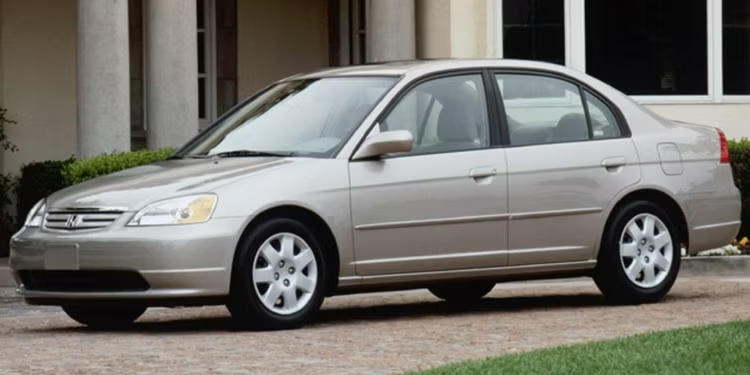
According to CarComplaints, the 2001 Civic was the worst model year. Just nine months after its introduction, Honda recalled the 2001 Civic citing a fuel system issue that led to fuel pump failure. On top of that, owners complained of airbag problems which affected the entire generation. Other problems included a cracked manifold and automatic transmission failure.
7/10
1993-1997 Honda CR-X del Sol ($3400)
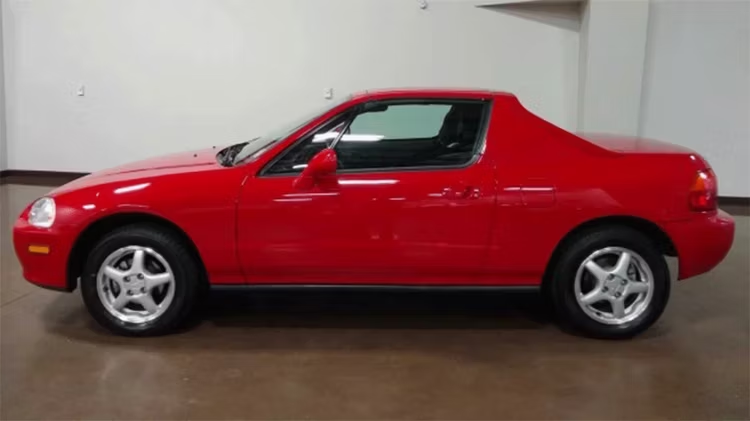
The CR-X del Sol was Honda’s answer to the Mazda MX-5 Miata during the early ’90s. Based on the Honda Civic, it featured a punchy 1.5-liter or 1.6-liter engine that sent power to the front wheels via a five-speed manual or four-speed automatic transmission.
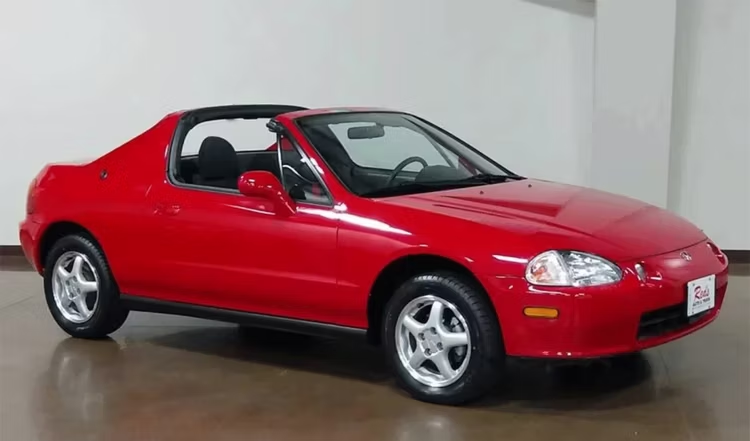
Unfortunately, this little fun-to-drive sports car couldn’t match the Miata’s reliability. Its main problem was quality issues, especially the complicated targa roof, which was prone to noise and water leaks. The car’s poor quality also extended to the interior, which was pretty outdated compared to other Japanese sports cars from the 1990s.
6/10
2004 Honda Odyssey ($4,730)
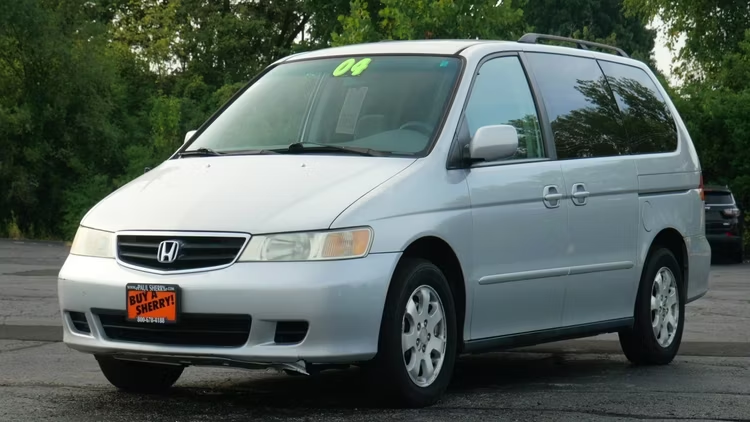
The Honda Odyssey is a well-received and respected family hauler. Nearly 30 years since it entered the US market, this crowd-pleasing minivan is still going strong despite being in a slowly dying segment. Unlike brand-new models, used Honda Odysseys are quite cheap, but there are some model-year hiccups you should steer clear of.

The 2004 Honda Odyssey has the worst reliability rating on various websites. On Consumer Reports, it scored a terrible 1 out of 5 reliability rating. The car suffered from major engine and transmission problems. Owners report an average repair cost of $3,600 for transmission failure, which happens at around 117,000 miles. Other areas of concern include paint peeling off and broken window regulators.
5/10
2004 Mazda RX8 ($5072)
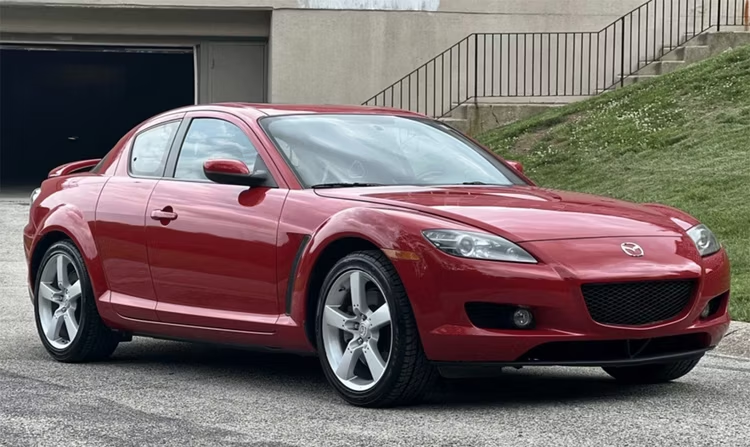
Introduced in 2002, the Mazda RX-8 succeeded the iconic RX-7, and like its predecessor, it featured the rotary Wankel engine. Today, only a few sports cars can elicit the type of feeling you get sitting behind the wheel of the RX-8. The rev-happy rotary engine’s sound is intoxicating, in addition to the car’s agile handling.
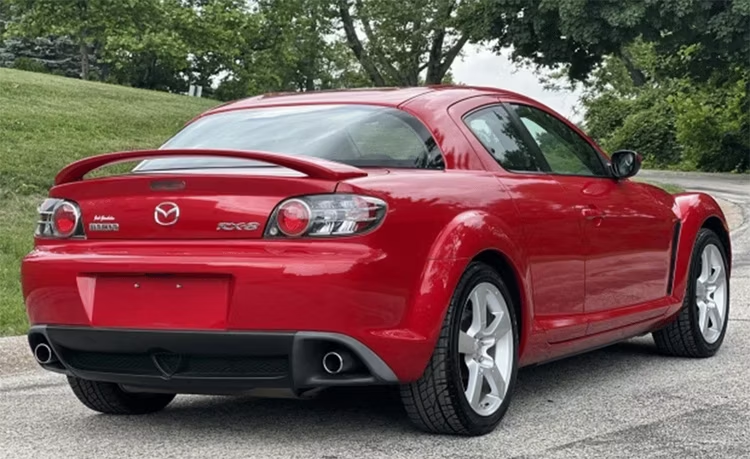
Unfortunately, all these thrills come at a hefty cost, as the RX-8 is one of the most unreliable cars ever made. The engine’s apex seals tend to wear out quickly, leading to excess fuel and oil consumption. This ultimately calls for an engine rebuild within the first 80,000 miles or less.
4/10
2003 Honda Accord – $5180
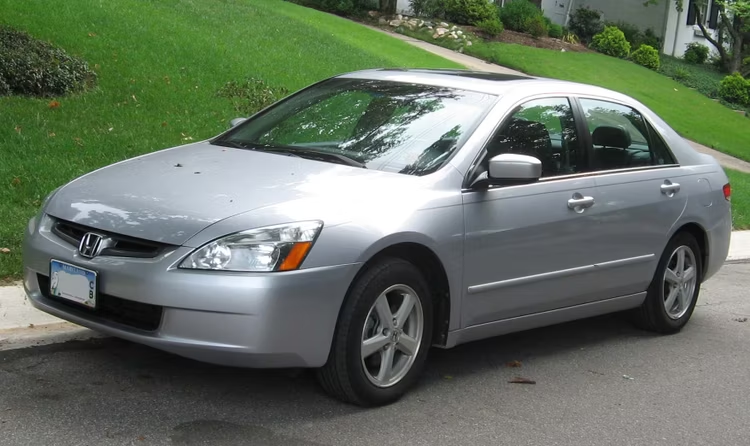
It’s now over four decades since the Accord entered the US market. The Accord is among the best-selling mid-size sedans thanks to its performance, handling, reliability, and fuel efficiency. But despite attracting rave reviews from various websites, some model years experience reliability issues that lead to costly repairs.
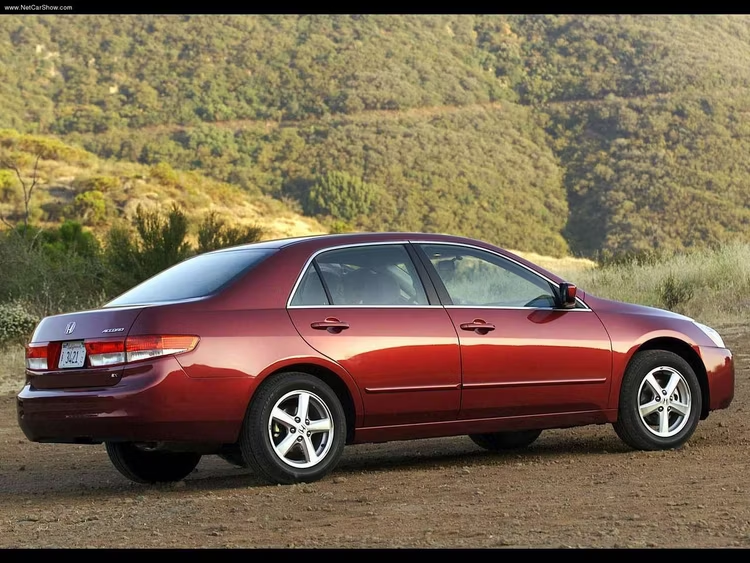
Per CarComplaints, avoid the 2003 Honda Accord like the plague as it experienced widespread transmission problems and stereo backlight failure. Owners report transmission starts slipping within 90,000 miles and has a repair cost of over $2,000. The clear coat on the 2003 Accords also tends to peel off, leaving owners with expensive repair costs of about $1,800.
3/10
1985–1991 Subaru XT ($5,200)
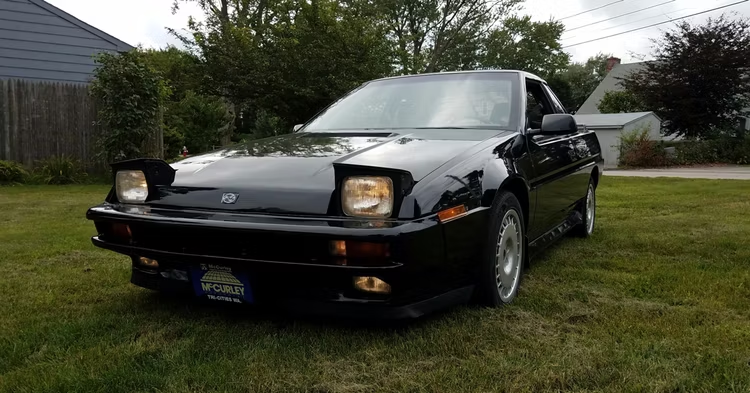
Like the Subaru SVX, the XT was another aviation-influenced car from the Japanese automaker. It featured a remarkably low drag coefficient of 0.29 and other innovative features like adjustable pneumatic suspension, an advanced trip computer, a digital dash, an adjustable instrument cluster, and more.
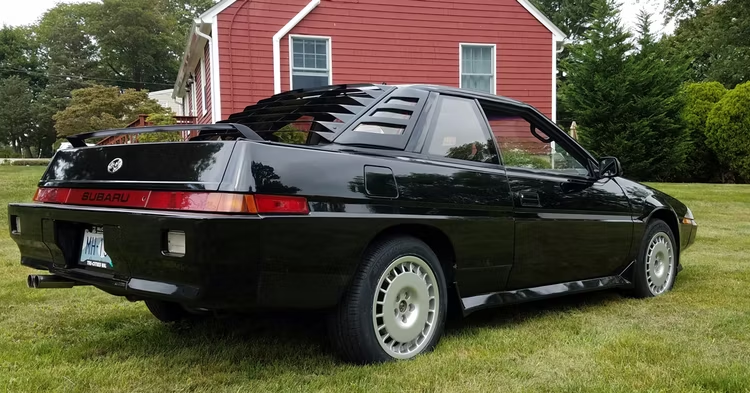
Despite its innovative character and distinctive wedge shape, the XT’s production remained low throughout its lifetime. This was largely due to the XT’s unreliable mechanicals on top of its paltry 134hp, which was pretty underwhelming for a sports car.
2/10
2007 Toyota Camry ($6,650)
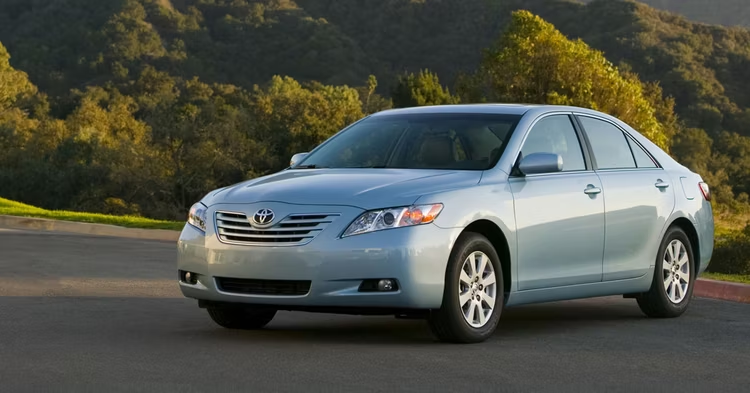
The Toyota Camry has a long-standing reputation for being affordable, fuel-efficient, and downright reliable. However, you should avoid some model years, especially the 2007 Toyota Camry. It has 1,010 NHTSA complaints, with the majority addressing the engine’s tendency to consume oil excessively.
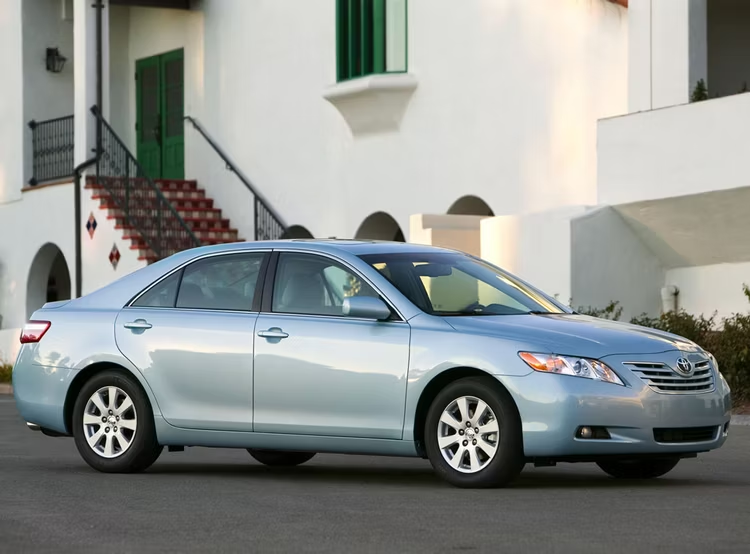
According to Car Complaints, this issue arises when the engine clocks between 97,000 and 110,000 miles, with an average repair cost of $2,250. In some cases, the damage was so severe that it demanded a complete engine replacement which costs $4,100.
1/10
2013 Nissan Altima – $8184
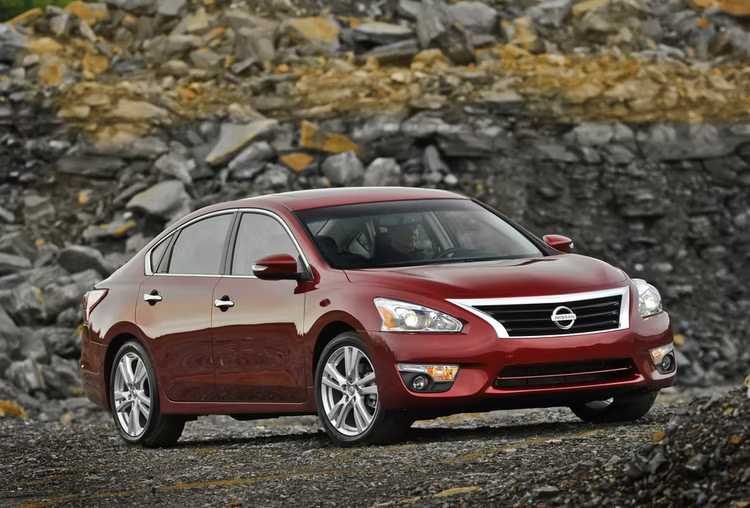
The Altima is one of Nissan’s longest-running and most popular models. For the most part, the Altima sedan is a dependable car making it a popular choice for most buyers. However, some model years were more problematic than others, especially the 2013 Nissan Altima.
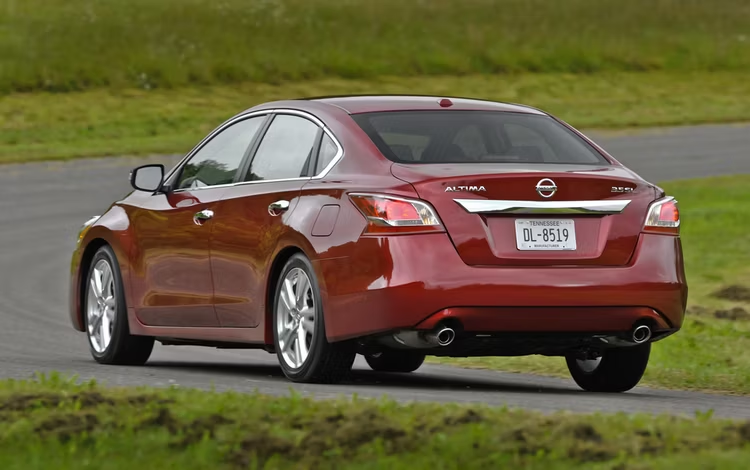
Many owners report vibrations and transmission failure related to the problematic CVT transmission. This issue arises at just over 53,000 miles, and fixing it demands an entire transmission replacement, costing about $3,100. Besides transmission problems, the 2013 Altima has problems with the power steering pump, windshield, door handles, and latches.Sources: Consumer Reports, Carcomplaints, Reddit, Kbb
10 Worst Japanese Car Engines Ever Made
We’re taught to expect nothing but reliability from Japanese engines, and these popular cars have failed to hit the mark.
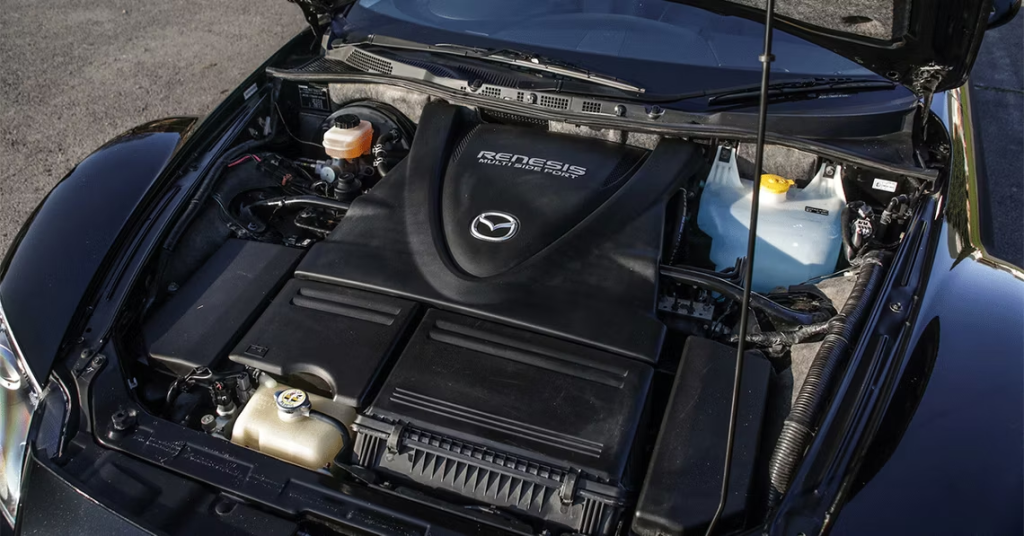
Generally, Japanese automakers have a reputation for producing reliable and affordable cars. Japanese car manufacturers like Toyota and Honda are among the most reliable car brands in the world. On top of that, JDM engines are popular among gearheads for their ability to withstand incredible amounts of power with aftermarket tuning. But nothing is perfect.
Throughout Japanese automotive history, some engines were far worse than average. Plagued with many dependability issues, their respective brands eventually abandoned them in favor of more reliable engines. But this wasn’t before the engines and cars bankrupted their owners with expensive maintenance and repair bills.
Whether it’s due to poor build quality, substandard engineering, or underwhelming power figures, these are the 10 worst Japanese car engines ever made.
10/10
Subaru 2.0-Liter EE20 (Boxer Diesel) Engine
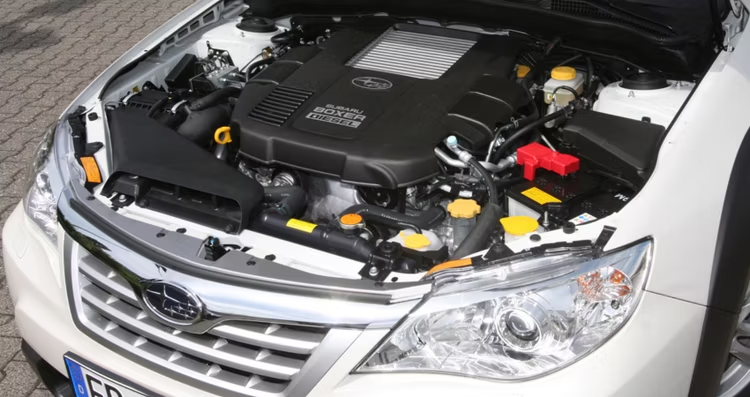
Subaru is among the few automakers that entered diesel engine production a bit late. They, therefore, applied a different approach to retain the trademark boxer engine layout. Unfortunately, this turned out catastrophic. Early first-generation models had a DPF problem due to excessive oil soot formation that needed replacing sooner than later.
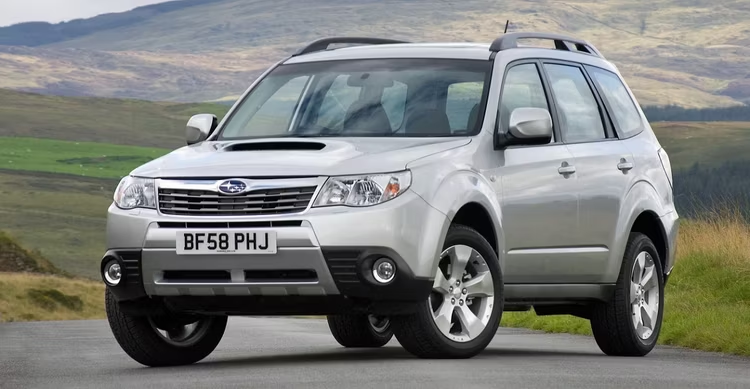
When owners tried to fix this problem with aftermarket performance kits, the high-pressure direct fuel injection system would make holes in the pistons. While Subaru fixed these issues upon warranty, owners found the engine expensive to live with after their warranties expired.
9/10
Toyota 3.0-Liter 3VZ-E V6 Engine
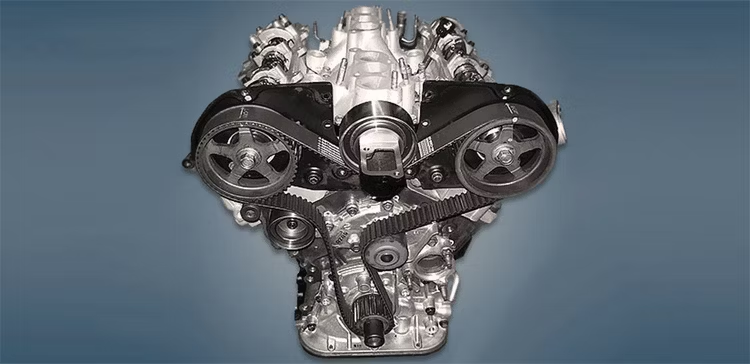
The 3VZ-E debuted in 1988 in the 4Runner, Toyota T100, and Toyota Pickup. Considering the size of the automobiles it powered, the 3.0-liter V6 engine’s 150hp and 180lb-ft of torque was pitiful. The fact that the engine wasn’t dependable didn’t help matters much.

The engine had serious head gasket problems arising from the combination of a cast iron block with an aluminum cylinder head and would often overheat. Add in cylinder head cracks, and connecting rod bearings wear, and you realize how pretty unreliable of an engine it was. Knocking sounds and a rise in oil consumption would be the final symptoms of a dying engine at only 180,000 miles.
8/10
Mazda 13B-MSP Renesis Engine
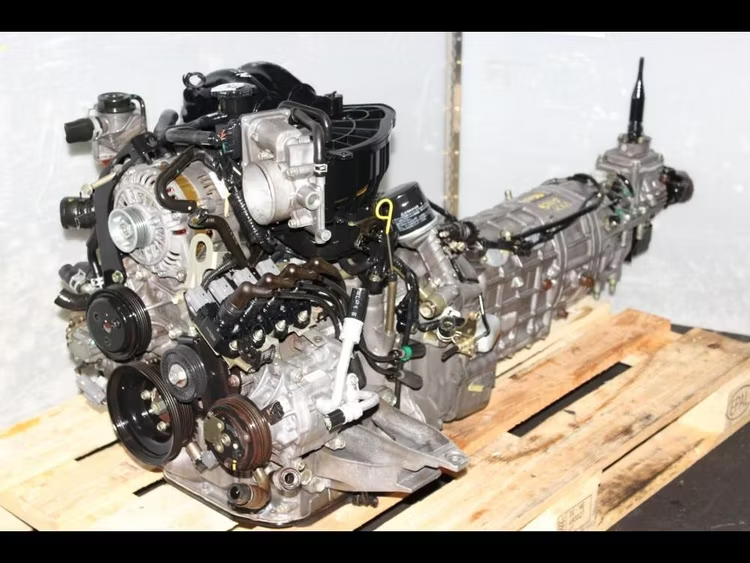
If there were an award for the worst car engine ever built, the 13B-MSP Renesis would be a strong contender. Performance-wise, the engine couldn’t compete with the 13B-REW that came before it since Mazda prioritized fuel economy.
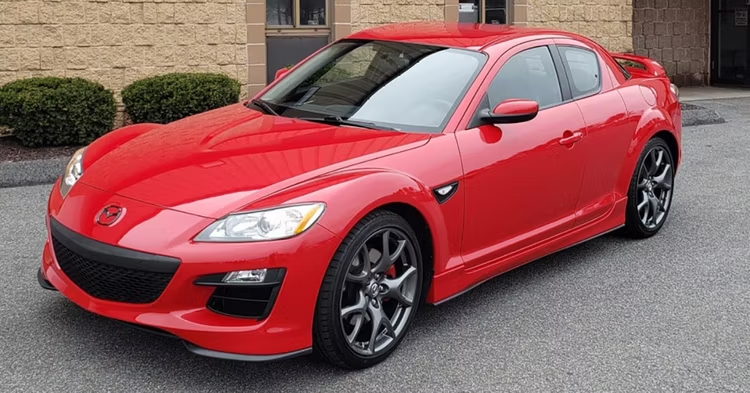
Leaking apex seals are the engine’s weakest link, turning the Mazda RX-8 into an oil and gasoline guzzler, usually after 40,000 kilometers. Other problems relate to ignition coils, catalytic converter failure, and engine flooding . On top of the high maintenance and repair costs, this motor requires a rotary engine specialist.
7/10
Toyota 3.0-Liter 1MZ-FE Engine
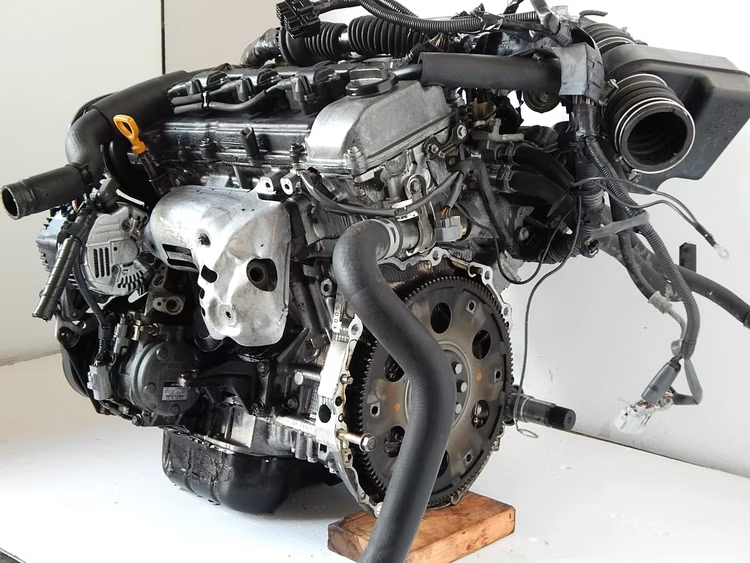
The 1MZ-FE (1993 to 2007) had the potential to be a top-tier engine. Toyota implemented it in several vehicles and even made a TRD supercharger kit available for the Camry, Solara, and Sienna. However, many drivers later learned the engine was bad due to several issues.
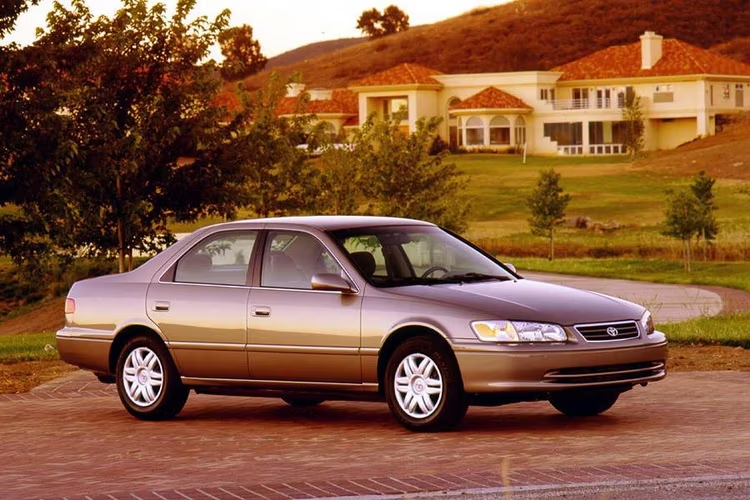
Any slight disrespect for routine service and oil changes led to the dreaded sludge buildup, dooming many engines early. Also, overheating would lead to head gasket failures and cracked aluminum heads – which are costly to fix. The result was a class-action lawsuit and a settlement covering roughly 2-5 million Toyota and Lexus vehicles (1997-2002).
6/10
Mitsubishi 2.6-Liter 4G54B Engine
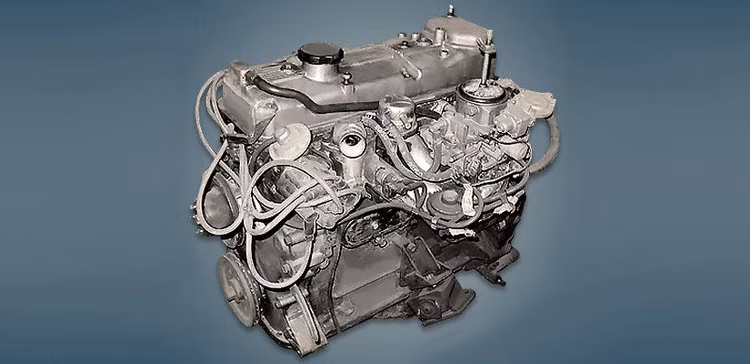
The Mitsubishi 4G54B (1978 to 1992) was a very big 4-cylinder engine that came in the Starion, Pajero SUV, L200 pickup truck, and some Chryslers. Despite its enticing on-paper profile, its tunability left much to be desired.
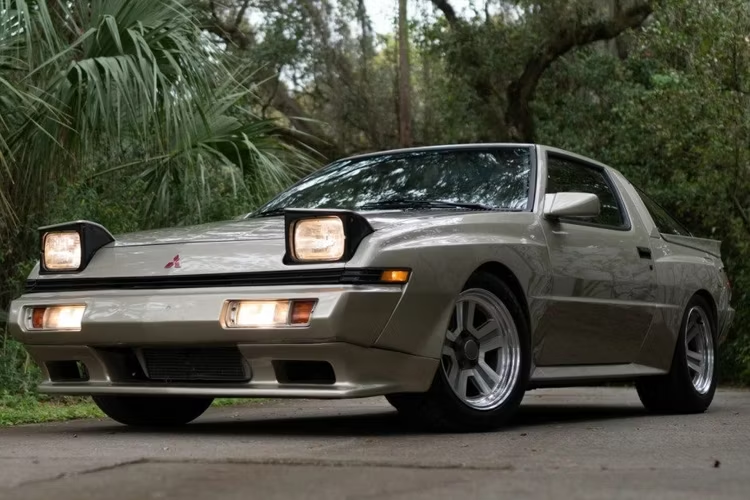
Fuel injectors positioned behind the throttle body had sketchy fuel distribution, and its 2.6-liter displacement was not helped by the tiny OEM turbocharger. The difficulty of wringing out more power was compounded by limited aftermarket support. And to make matters worse, owners and tuners eventually discovered that it was prone to head gasket problems.
5/10
Nissan 2.5-Liter QR25DE Engine
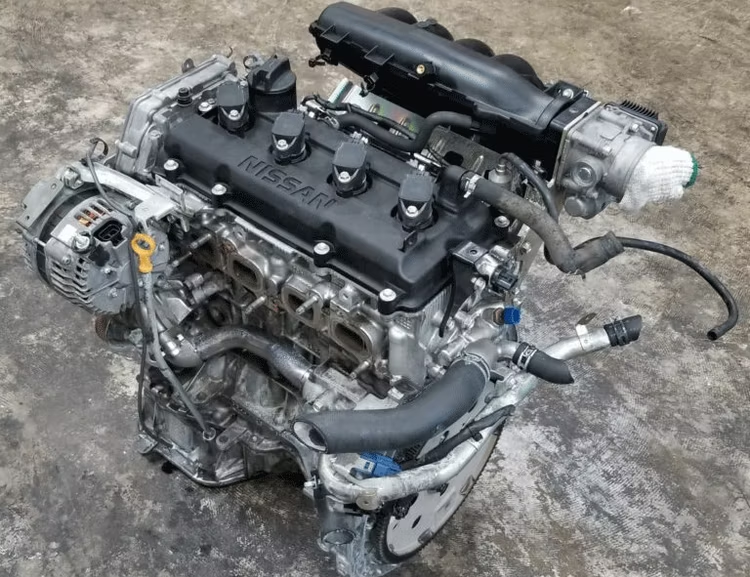
The Nissan QR-series engine replaced the mediocre KA engines and the iconic SR, but the 2.5-liter variation (QR25DE) was the most problematic. The 2.5-liter QR25DE engine is basically identical to the QR20DE except for a few details. The integrated catalytic converter on Sentra models suffered from poor ECU tuning.
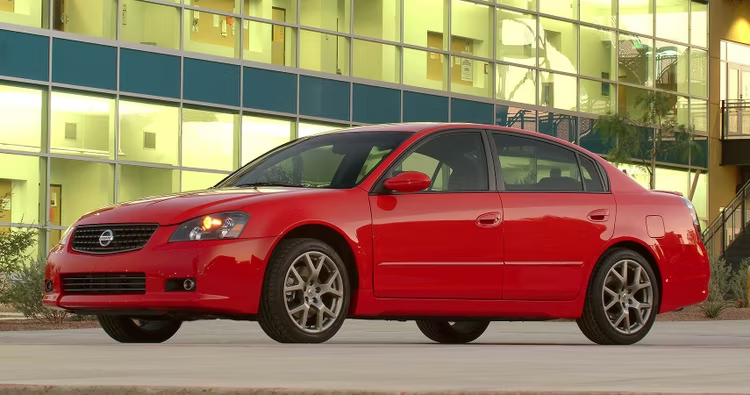
While the Altima models didn’t experience the same issue, they suffered from problematic piston rings that led to excessive oil and water consumption. This problem ultimately triggered a recall campaign. Additionally, there was an issue with loose screws in the intake plenum. The outcome was catastrophic for the cylinder walls if the screws found their way into the combustion chamber.
4/10
Toyota 3.0-Liter 7M-GTE Engine
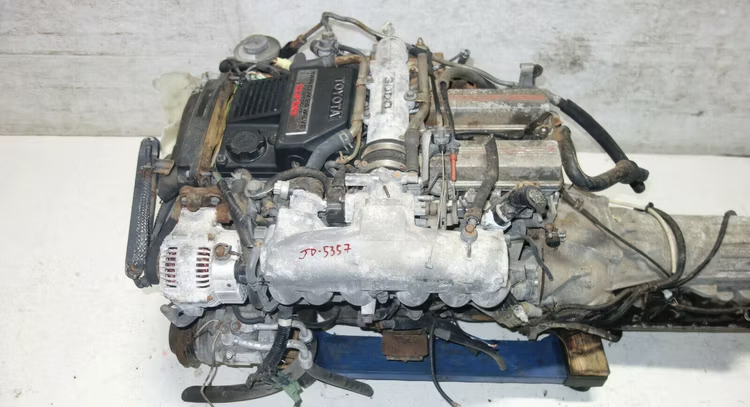
Produced between 1986 and 1992, the 7M-GTE powered the Soarer Z20 and the Supra A70. The 3.0-liter turbocharged engine was Toyota’s top-performance engine before the 1JZ-GTE replaced it. Supposed to put the Supra on the map as Toyota’s best sports car, reliability issues dented its success.
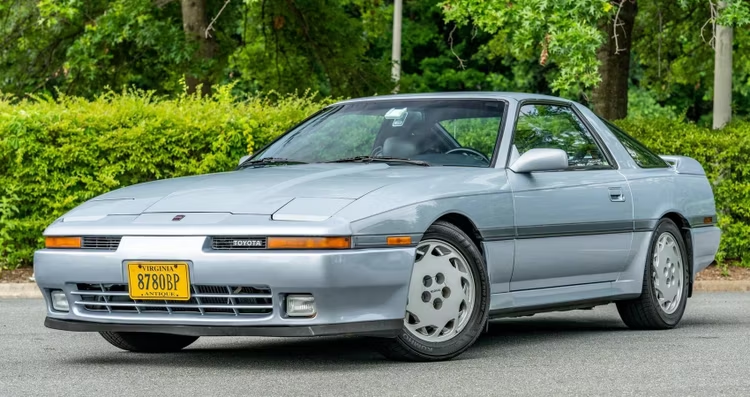
The inline six-cylinder engine suffered from failed head gaskets (turbo models) which destroyed its reputation. Another common problem is rod knock. While the 7M-GTEU racing version produced up to 580hp on the tap, you’d rather get the bulletproof 1JZ or 2JZ if you want 800-1000+hp from a Japanese engine.
3/10
Subaru EJ25 Boxer Engine
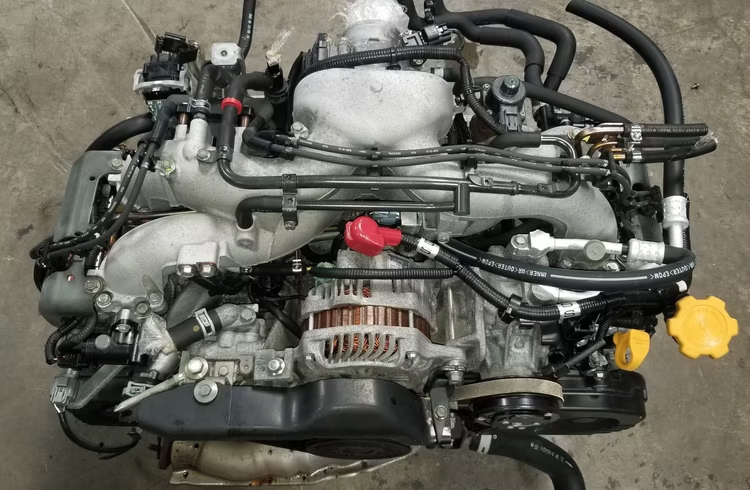
The EJ Engine series succeeded the Subaru EA engine and became the mainstay of the brand’s engine line, with all engines featuring 16-valve horizontal flat-fours. You can get the EJ series engine in either naturally-aspirated or turbocharged form, with power ranging between 96 and 320hp. While owners report head gasket failures in the EJ Engine series, the 2.5-liter EJ25 boxer engine experiences the most problems.

According to Consumer Reports, models produced between 2001 and 2009 still have unreliable head gaskets despite Subaru’s effort to fix the problem in 1999. This problem lies in the horizontal engine design, as cooling fluids tend to pool adjacent to the head gasket when the engine isn’t running. Although it costs about $1,500 for head gasket repair, the labor to pull out the engine takes a big chunk of the repair bills.
2/10
Toyota 1.8-Liter 1ZZ-FE Engine
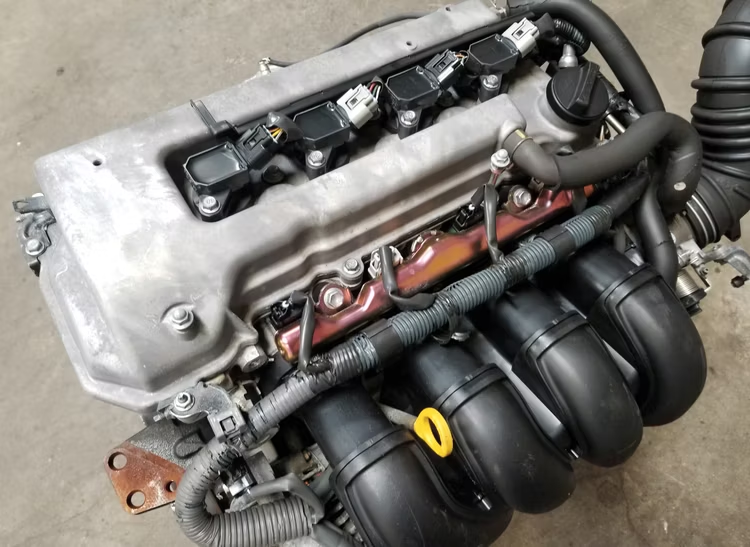
Introduced in 1998, the 1.8-liter 1ZZ-FE engine mainly powered front-wheel drive cars such as the Celica GT and Corolla and a few rear-wheel drive vehicles like the Lotus Elise and MR2 Spyder. Unlike the 1.8-liter 7A-FE engine it replaced, the 1ZZ-FE utilized a die-cast aluminum cylinder block.
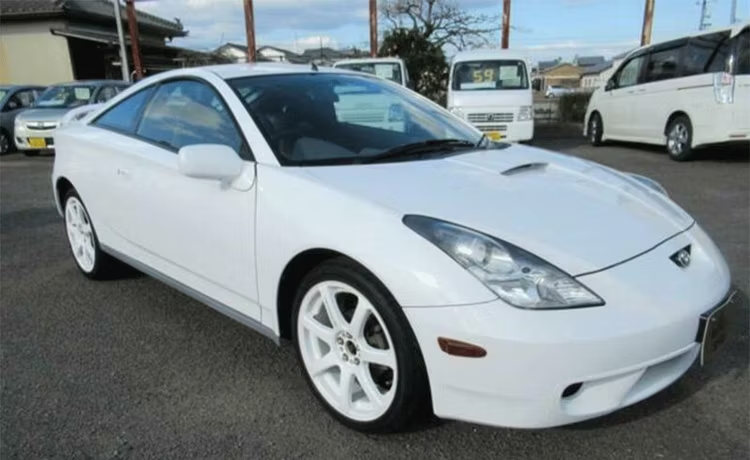
The 1ZZ-FE never earned much buyer respect, and Toyota replaced it with the 2ZR-FE in 2007. It was underwhelming from a performance perspective, producing 120-140hp. On top of that, earlier engines produced before 2005 consumed excessive oil. This problem was a design flaw in the engine’s oil piston rings. Although Toyota revised and improved these engines in 2005, the 1ZZ-FE’s reputation was already damaged.
1/10
Nissan 1.5/1.8-Liter QG Engines
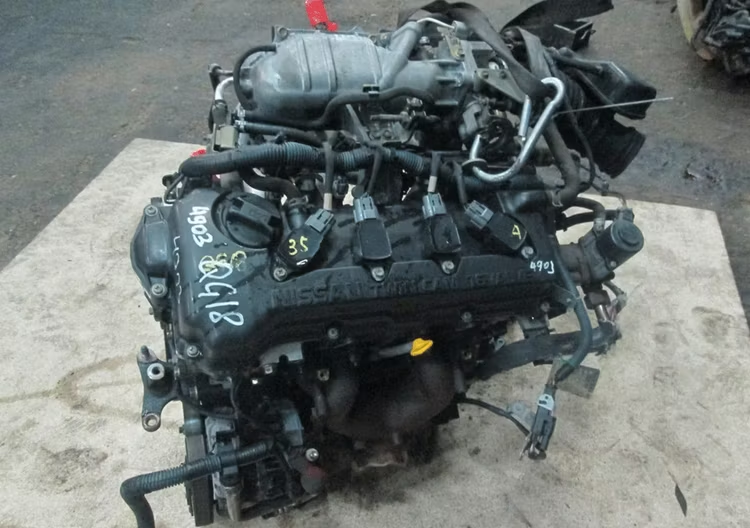
One of the reasons why Japanese engines have above-average durability is the tendency to use timing chains to reduce maintenance. However, not all engines fitted with timing chains are reliable, especially Nissan’s 1.5/1.8-liter QG engines.This is due to the wear-prone piston rings that annoy drivers with an immoderate appetite for excessive oil consumption.
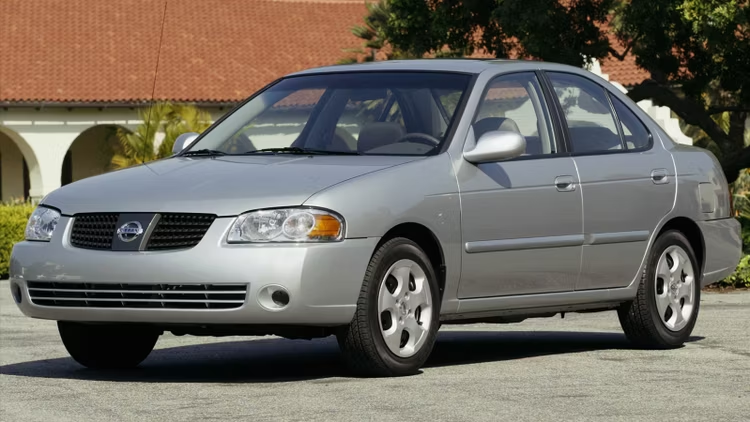
In the worst-case scenario, this consumption hits 1.5-l/1000km, which is extreme considering the engine’s oil sump holds less than 3 liters. This makes the 1.5/1.8-Liter QG engine a ticking time bomb. Although Nissan replaced the faulty engines with new ones upon warranty, there’s little you can do after the warranty expires besides expecting high maintenance and repair bills.
Sources: Dsportmag, Autowise, Toyotanation, YouTube, Carvertical
This Is America’s Biggest V8 Engine That Powers The Chevy COPO Camaro
Its 9.4-liter motor with forged internals has power figures that will shock you – and not in a good way!
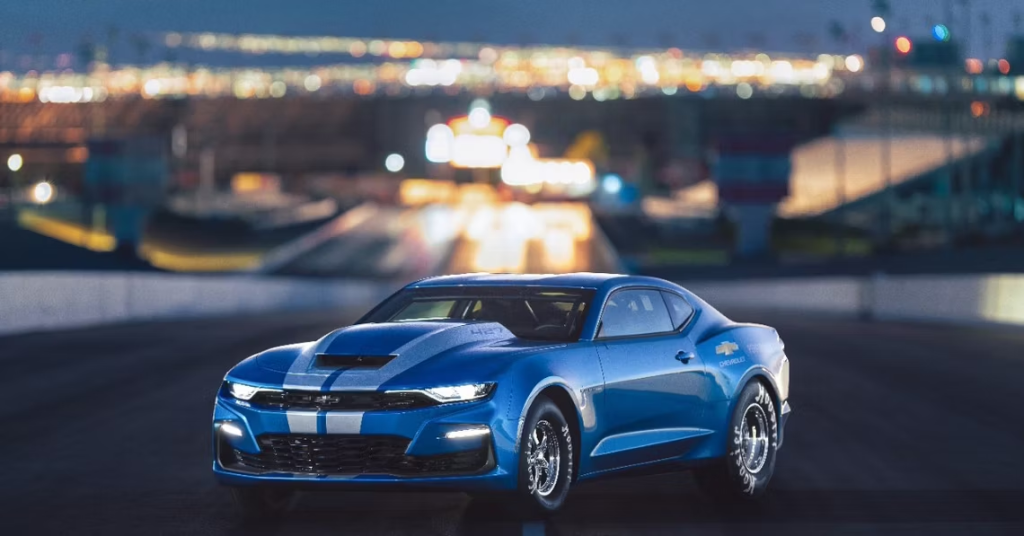
Chevrolet seems like it’s all about the glory days. The COPO Camaro was a drag-race special that was born to workaround GM’s restrictions of the time that prevented the brand’s engines from exceeding 6.5-liters in capacity. The result was the 1969 Chevrolet ZL-1 COPO Camaro with a 7-liter V8 and a shattering-for-1969 425 horsepower. Only 69 were made.
The feat was repeated with the modern Chevrolet COPO Camaro from 2012-2015, in the original’s limited numbers of 69 each, all designed to meet NHRA racing specifications making it non-street legal unlike the original.
For 2022, Chevrolet brings the COPO Camaro back. But this time, it’s not packing 7-liters of American V8. It’s got a 572 cubic inch, or 9.4-liter monster of a V8 motor with forged internals, making it the largest car engine that GM makes, and indeed America’s largest V8. Just don’t ask how much power it makes. Because that number isn’t as awe-inducing as its capacity, though as you’ll see that doesn’t matter as much as the results it’ll get.
Updated November 2022: We’ve updated this article with the latest details and specifications of the 2022 Chevrolet COPO Camaro with the monster 9.4-liter V8, among the other engines available.
Historical Heritage Of The COPO Camaro
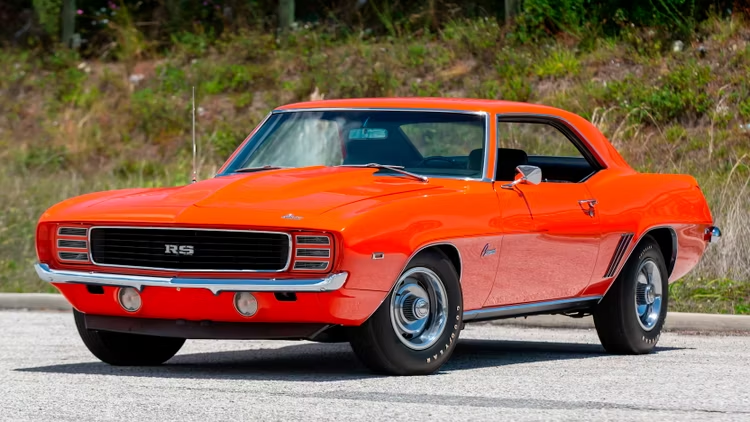
Before we discuss the ins and outs of the newest COPO Camaro it is vital to look back to the infamous ’69 COPO Camaro to truly understand the significance of the COPO label.
The COPO label actually means Central Office Production Order, which was a mail-order system through which Chevrolet branches could order custom GM vehicles to suit the taste and styles of their customers. This all became famous through a performance-passionate Chevy employee, Fred Gibb, who ordered a 1969 Chevrolet Camaro with the infamous, and truly gigantic, 427 cubic-inch V8, developed for the Can-Am Racing.
This 7.0-Liter V8 was humbly rated at 435 HP, but it was reported to be capable of over 500 HP. Furthermore, the engine itself was built in a “surgically clean” room, possibly even hermetically sealed, making the construction process truly precise and ahead of its time.
The Nissan team would go on to build their legendary GTR engines in a similar room, only 50 years later. In terms of the Camaro itself, the car was fitted with disc brakes all-around and a GM “Posi” limited-slip differential, allowing the driver to manage all that raw power on the road. Interestingly enough, this two-door, rear-wheel-drive, 500 HP performance beast was road legal, despite its 3.8 second 0-60 MPH time.
To make sense of such figures, consider that a modern Audi R8 V10 or Aston Martin DBS has specs similar to that of this vintage 60s muscle car.
2022 COPO Camaro Is Down Rated For Power?
Moving forward to the newest big-block V8 in the Chevy lineup, the information that we have makes it insanely impressive in some ways, and not so much in others.
Firstly, with a 9.4-liter displacement, this is the biggest and baddest big-block V8 to be ever manufactured in America. More specifically, the cast-iron block features aluminum heads, forged steel crankshaft and connecting rods, and aluminum pistons making it capable of handling insane power.
The NHRA rates it at just 436 HP, making it the weakest of the three engine options for the 2022 COPO Camaro, and just barely over what a 69 COPO Camaro put out with a smaller engine. While it sounds quite disappointing, to say the least, it is possible that the NHRA is being conservative in its ratings and that the true figures are significantly higher. Estimates say that the factory 9.4-Liter big-block COPO Camaro will run 8-second quarter miles, which is not outrageous considering earlier COPO Camaros have been recorded running 8’s in factory form.
However, it is important to note that the torque figures will be pretty astronomical due to the large working volume, which in turn will provide an extraordinary launch. Furthermore, Chevrolet also sells other 572 cubic inch crate engines with HP figures ranging from just over 600 to nearly 700, meaning that there is still room for tuners to maximize the power potential of this beast of an engine.
The other two engine options for the COPO Camaro are a supercharged 5.7-Liter small-block V8 and a naturally aspirated 6.8-Liter small-block V8 which produce 580 HP and 470 HP respectively. Regardless of the engine choice, the only transmission choice available is an ATI TH400 3-speed automatic.
Housing For This Huge Engine
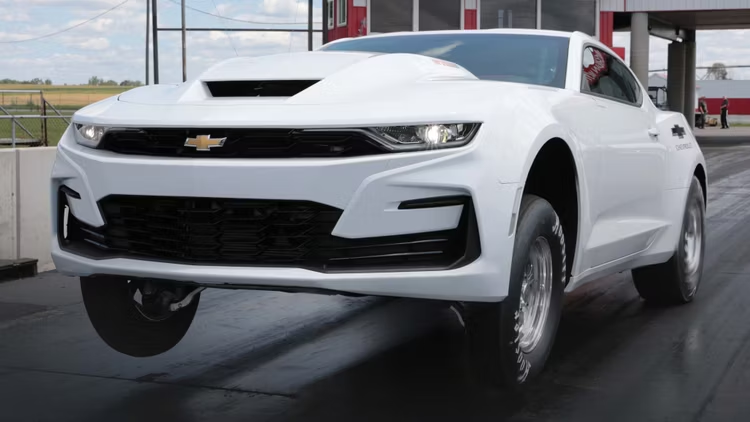
Chevrolet has resurrected the infamous COPO Camaro name to create a modern performance monster that honors the American muscle car heritage of the ‘60s, all the while utilizing modern technology to maximize performance. These modern COPO Camaros are not road legal, unfortunate but not surprising, but come ready built for the drag strip.
Hosting features like wheelie bars, Hoosier drag racing tires, and carbon fiber hood as well as a variety of additional features like trunk-mounted weights and parachutes, these cars were purpose-built for drag racing and can be raced in the NHRA Stock and Super Stock categories.
In terms of purchasing one of these monsters, thankfully Chevrolet has not placed limits on the numbers produced, like with previous iterations. Prices for the three engine configurations will be $105,500 for the 9.4-Liter V8, $117,500 for the naturally aspirated 6.8-Liter V8, and $130,000 for the supercharged 5.7-Liter V8.
There will be a variety of additional options for performance and customizability, so prices are bound to be even higher depending on the needs of the driver.
The 9.4-Liter “Bad” Block Is Illegal For Street Use
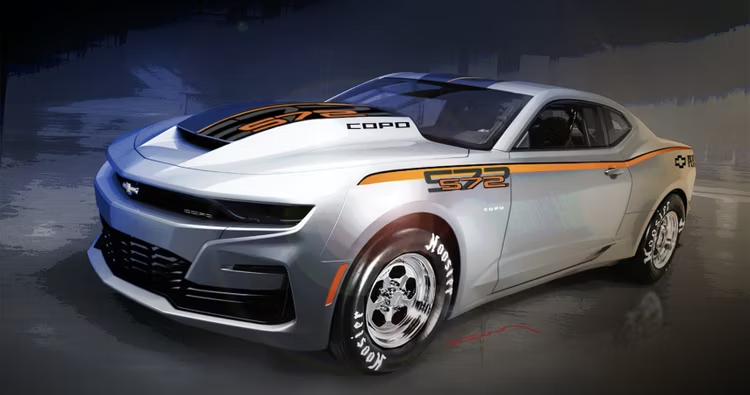
Well, it shouldn’t come as a surprise. This behemoth of an engine in the COPO Camaro doesn’t have a VIN number. Because of this, it can’t be registered or insured for street use. But with Chevrolet’s eCOPO Concept showing what electric drag cars could look like, maybe there’s hope yet for a street-legal, eight-second car.
Source: Chevrolet
This All New COPO Camaro Is Sure To Rack Up Your Insurance
We’re taking a deep dive into the fastest production drag car ever made.
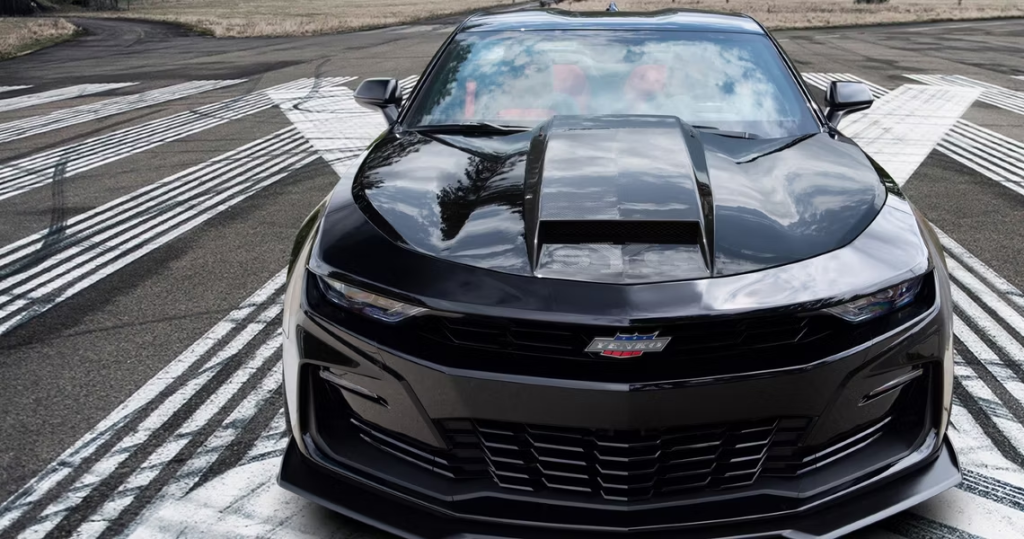
What happens when you get a group of highly trained drag racing enthusiasts together and tell them to make the fastest production drag car ever with a blank check for whatever they needed? Well, it’s enough to warrant a decades-old moniker being revived for the sole purpose of branding their creation with its name.
But what’s the real story behind the returning COPO name and the car Chevrolet chose to revive it with? Well, it serves the same nice role its ancestors did, just to be the fastest production drag car the National Hot Rod Association has on record, that’s a role it fills very nicely.
Get those rear tires spinning nice and fast because we’re taking a deep dive into the fastest production drag car ever made and the unique set of circumstances that set up its heritage.
Central Office Production Oder
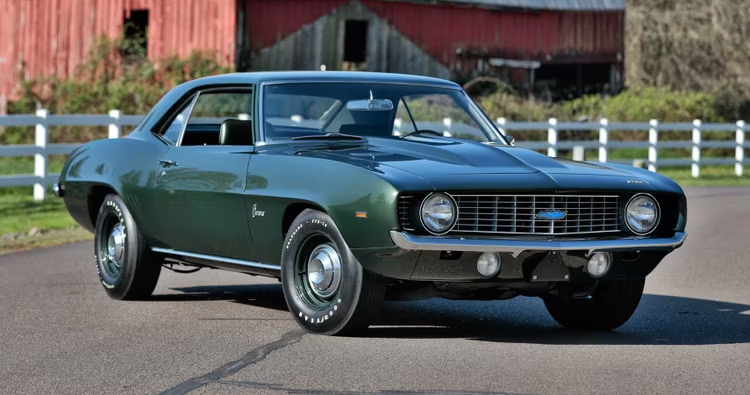
The Central Office Production Order was once a tool for dealerships to order high-performance variants of normal GM cars. Its most famous usage was for the iconic 450 horsepower 427 cubic inch V8 equipped COPO Camaro of 1969.
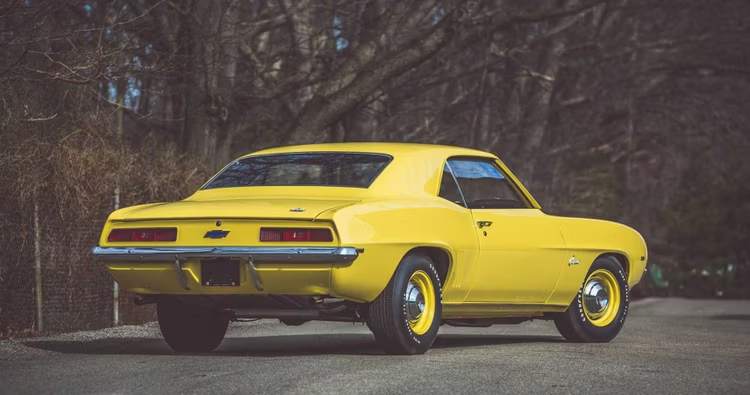
For one year only, this fire-breathing monster of a car while technically street-legal was only built for one reason, to be the fastest stock drag car in the world as verified by the NHRA. Its modern-day revival makes almost three times the original car’s horsepower figures and isn’t designed to ever see any road that isn’t a drag strip.
An Icon Re-Imagined
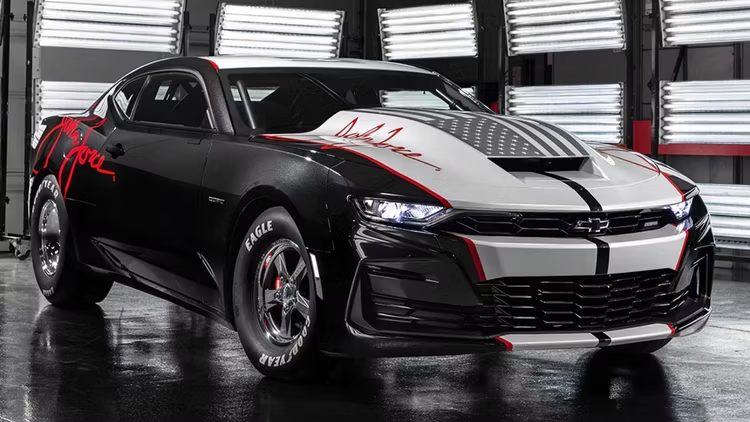
The modern revival of the COPO Camaro comes with two different choices of engines depending on your needs. A naturally aspirated Chevy big-block V8 with the same 427 cubic inches of displacement as the old car, or an LSX based GM small block V8 with a Magnuson supercharger larger than the entire engines in some small hatchbacks.
Your choice of engine will largely revolve around what you desire the most out of your drag race configuration. Those who want the instant power delivery at launch will probably vie for the N/A big block engine.
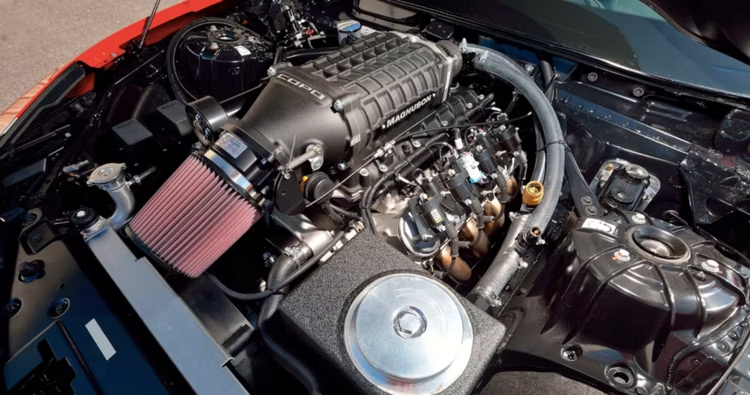
While those who are willing to sacrifice a little bit from a dig would greatly benefit from the high rev range boost a blown LS small-block would bring to the table. Either way, expect the finished product to run sub-nine-second quarter-mile times.
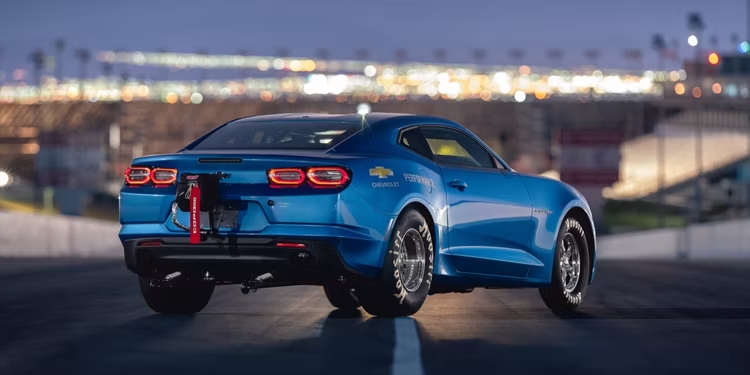
That equates to zero to 60 in around 1.9 seconds. Which if it were street legal, would be by far the fastest accelerating production car in the world. Beat that Tesla Roadster.
Sources: GM Authority, Chevrolet
Why Ferrari 296 GTB With The Most Powerful V6 Engine In The World Is Awesome
We tell you what makes the latest baby Ferrari supercar’s engine the most powerful, not only among V6 engines but V8s and V10s too.
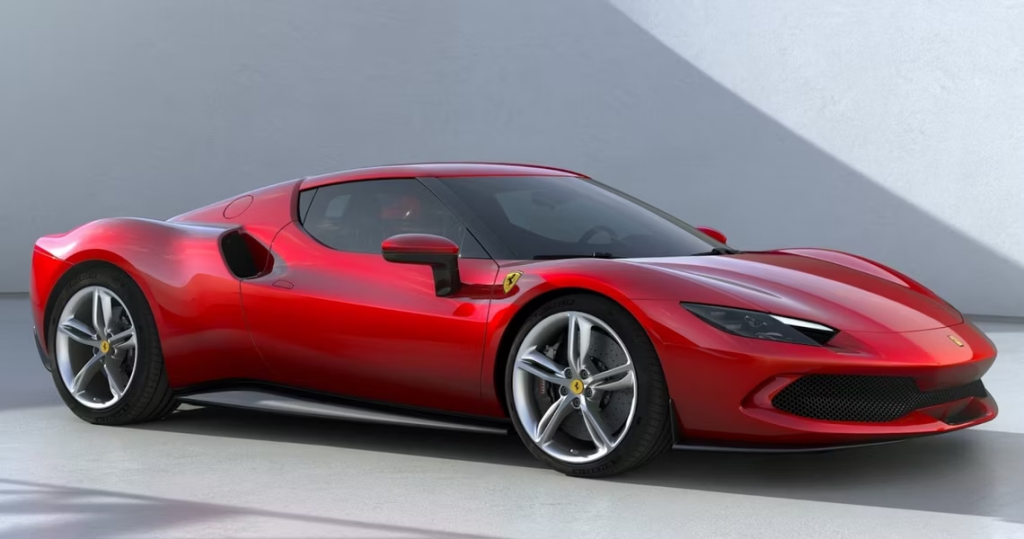
A V6 engine in a Ferrari might sound a bit ancient, reminding you of the days when Ferrari badged its smallest-capacity sports cars, like the Dino 246 GT. It was a compact, nippy car named after Enzo Ferrari’s late son.
Fast-forward to today, and the V6 seems to be the new V8 and, perhaps very soon, the new V10 as well. The combination of a 3.0-liter, 6-cylinder engine in supercars might be a bit off-putting, particularly to the purists. Still, with the downsizing of engines being the new normal, there’s very little anyone can do to change things.
Ferrari’s most compact super sports car, in a way, reminds us of the Ferrari 458 Italia. But the new 296 GTB does not feature a V8; it, instead, falls into the V6 category, but don’t get disheartened just yet, because this is no regular V6 we’re on about here.
Ferrari 296 GTB Packs An Unbelievable 830 HP
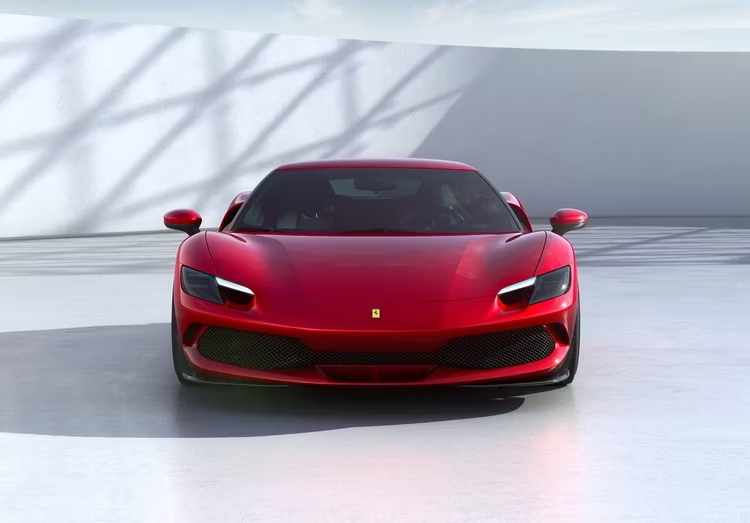
The 2022 Ferrari 296 coupe sports car manages to push out what seems like a relatively large amount of power, from a 6-cylinder engine, with all the power sent solely to the rear wheels. To put things into perspective, the 2009 Ferrari 458 Italia, powered by a V8 engine, produced 562hp. Ferrari could’ve doubled that figure if they wanted to, but at 830hp from the 296 GTB, it’s way faster than a 458 Italia.
The new Chevrolet Corvette C8 Z06 makes 670hp from its naturally-aspirated 5.5-liter V8 engine. Again, V8 power is being squished by Italian V6 power. The Americans will laud the V8, but nothing changes the fact the Ferrari V6 is the more powerful of the two.
The current-generation Acura NSX belts out a combined output of 573 hp, given that it’s a hybrid too, just like the 296 GTB, and comes powered by a twin-turbocharged V6 engine. The Ferrari takes the cake yet again.
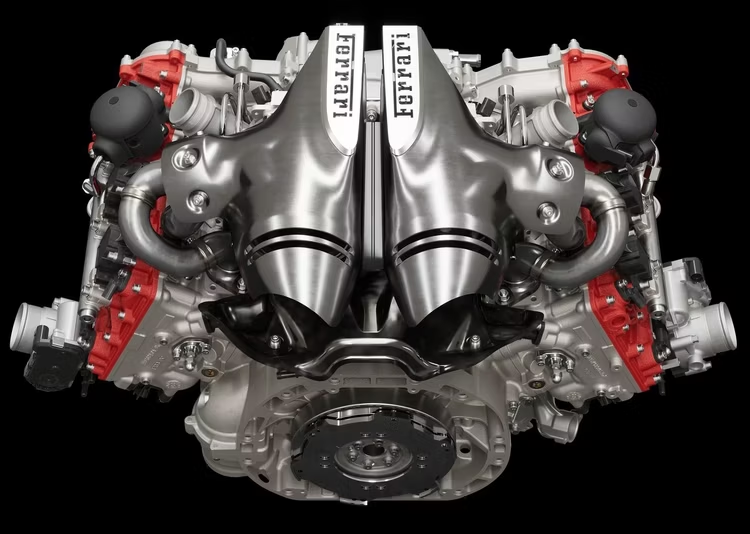
The 2022 Nissan GT-R, which was all along known as the supercar slayer, is powered by a twin-turbo V6 that produces 600hp. A great number for its time, but not anymore because the Ferrari twin-turbo V6 pips it by quite a margin. The Ford GT Mk ll supercar, which is on its way out, produces 700hp from its 3.5-liter EcoBoost V6 engine. It’s probably close to the Ferrari, but simply not as powerful or as quick.
The McLaren Artura, with its twin-turbo V6 and electric motor, pushes out a combined output of 671hp – and it’s pretty much as young a supercar as the Ferrari 296 GTB, but not as powerful. Porsche’s 911 GT2 RS comes with a 3.8-liter flat-six that makes 690hp. The 3.0-liter twin-turbo V6 in the Maserati MC20 belts out 621hp, while the Lamborghini Huracan Tecnica’s naturally-aspirated 5.2-liter V10 engine pushes out 631hp, which is still no match for the V6 engine in the 296 GTB – and that’s purely why the Ferrari 296 GTB has the most powerful V6 engine in the world.
Ferrari 296 GTB Is A Technological Tour De Force
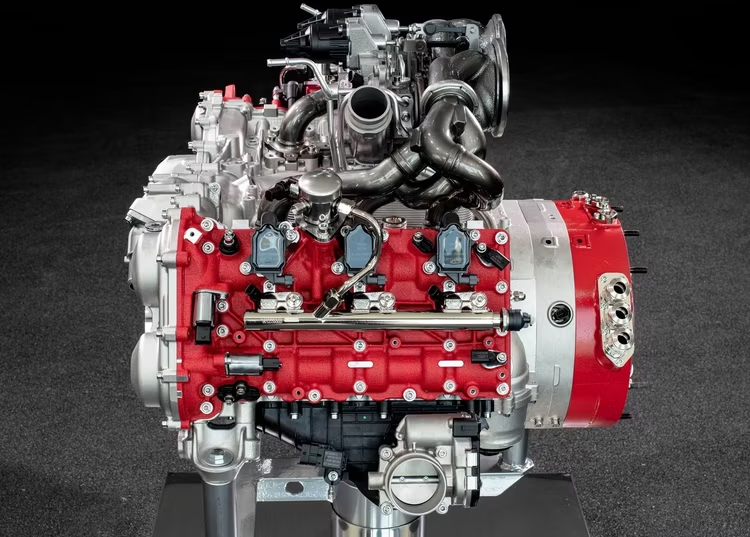
The 296 GTB is also a plug-in hybrid that manages an EV-only range of about 15 miles. The small but hugely capable V6 is mounted onto a new aluminum chassis, with 50mm chopped off the wheelbase, compared to all other V8 engine Ferrari models.
The electric motor, by itself, makes 167hp and 232 lb-ft of torque, while the V6 engine alone produces 663hp and 546 lb-ft of torque. The V6 happens to be 66 lbs lighter than Ferrari’s modern V8 engines. Paired to the turbo V6 is an 8-speed twin-clutch transmission, with the battery pack placed behind the seats.
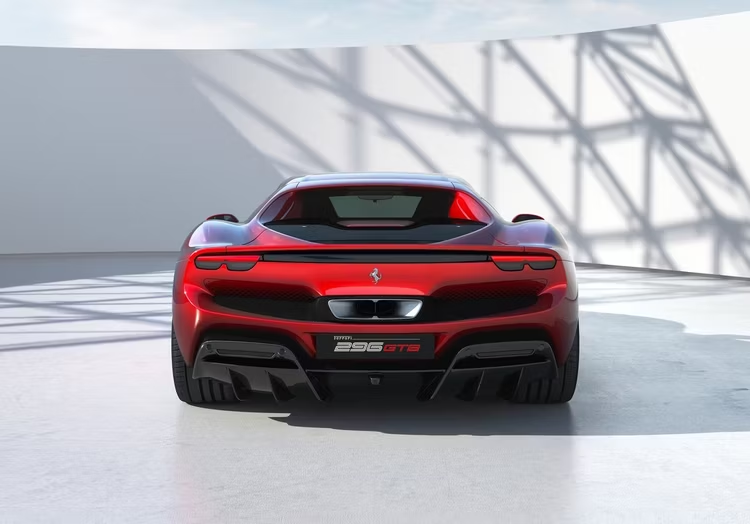
A Ferrari would largely be incomplete without various acronyms relating to the complex electronic chassis systems. The 296 GTB features, what is known as, a six-axis sensor called the 6w-CDS that measures the acceleration and speed of rotation on X, Y, and Z planes.
It works along with systems like Side Slip Control and active E-Diff to optimize cornering speed without hampering the stability and security of the Ferrari. It even gets a new system working, called ABS-EVO, in Race mode.
Ferrari 296 GTB Is The Purist Definition Of Fun To Drive
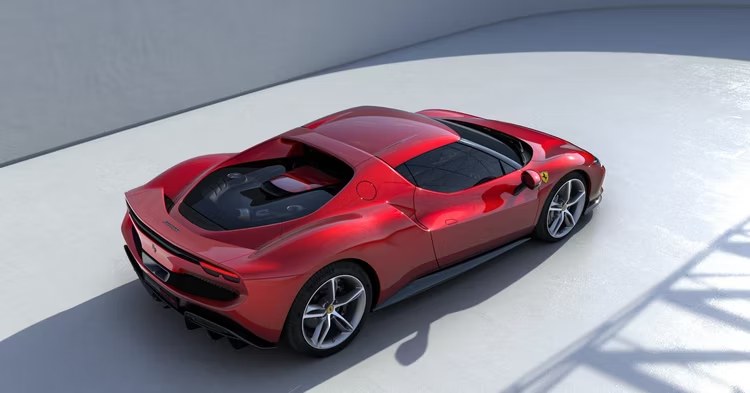
The moment you put your foot down to the floor, the 296 GTB lurches forwards like it’s being pulled by a horseshoe magnet from up ahead. It is said that turbo lag is absent. The engine revs all the way to 8500 rpm, and the acceleration is so responsive you’re going to want to be careful launching ahead if you’re an inexperienced supercar owner.
For a V6, it doesn’t sound bad either, but there’s a lot of the turbo that can be heard – something we never missed on a naturally-aspirated V8. The car is said to be agile, and the steering is expectedly light and quick in responding to inputs. Like all Ferrari models, it handles like nothing else.
Source: Ferrari

